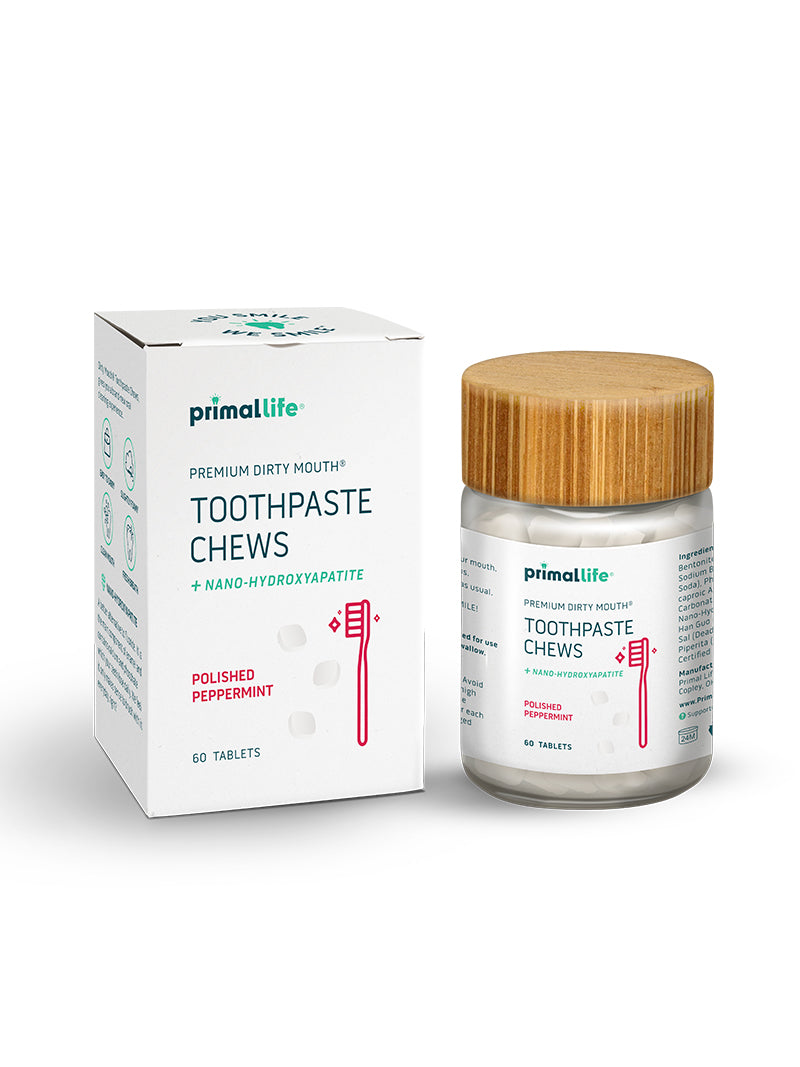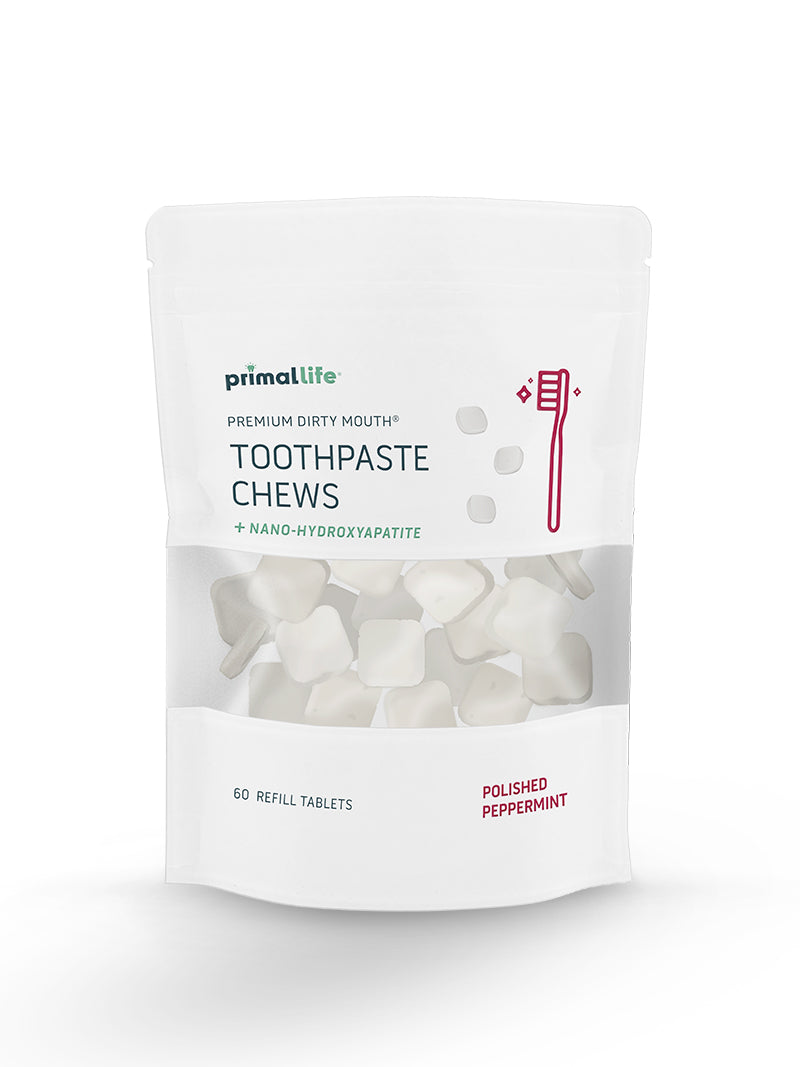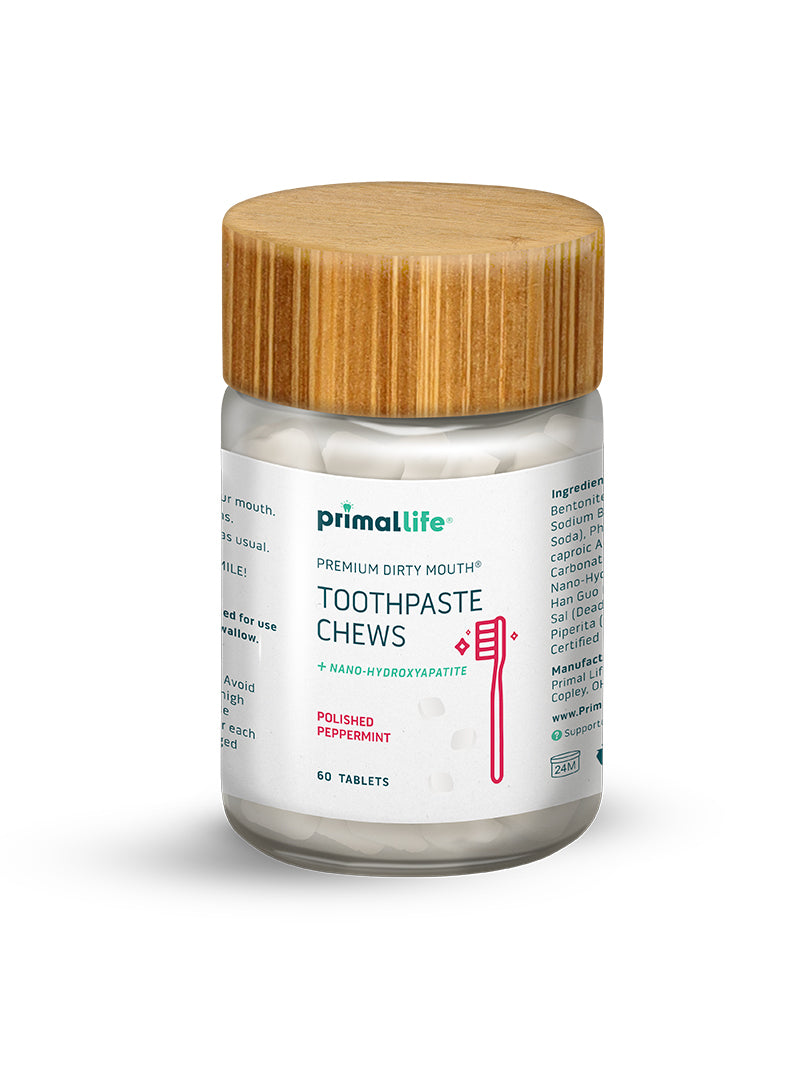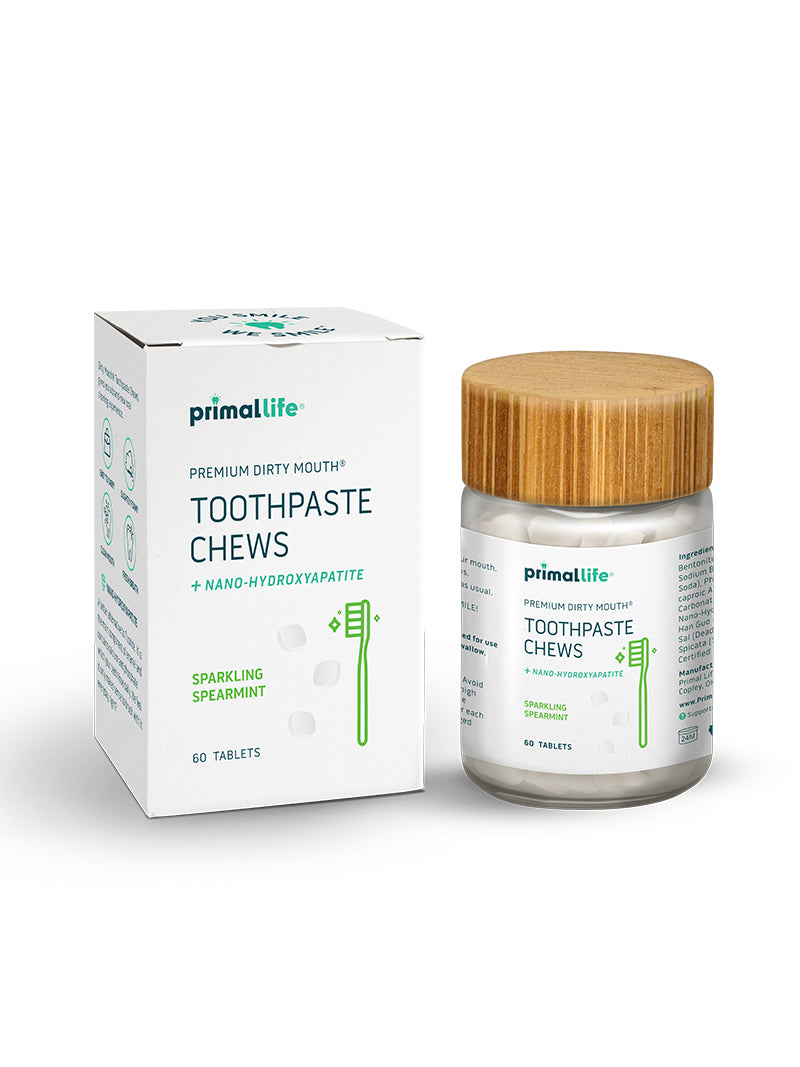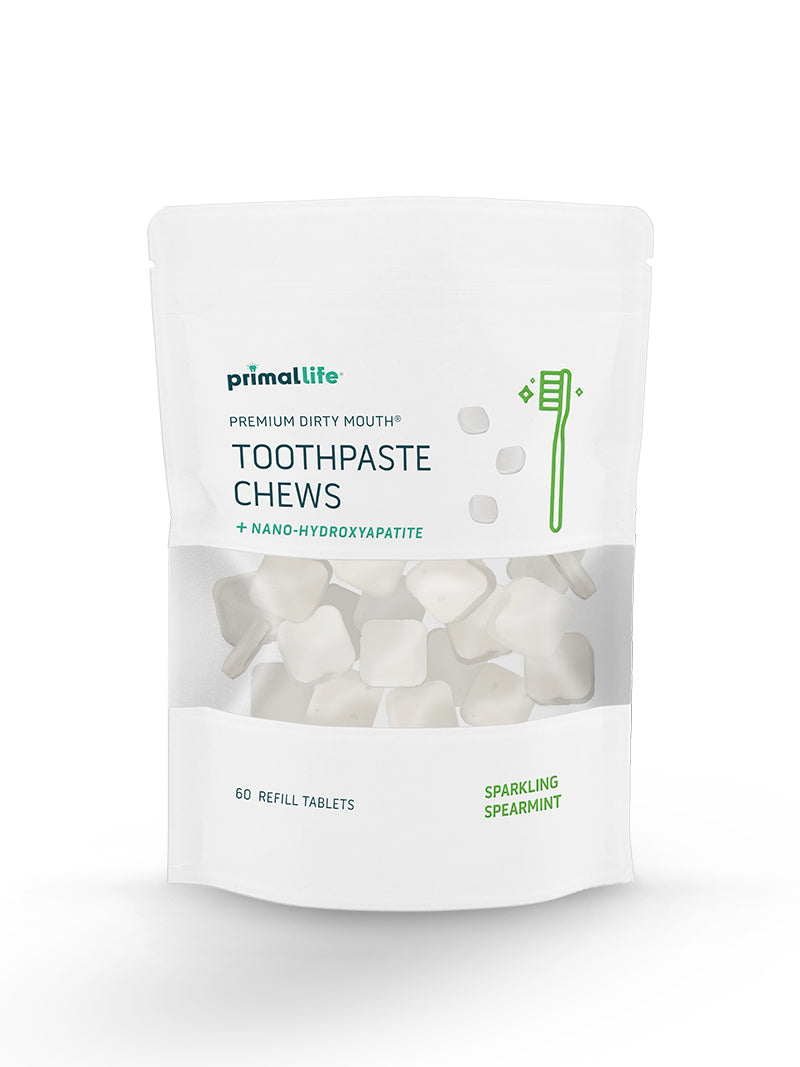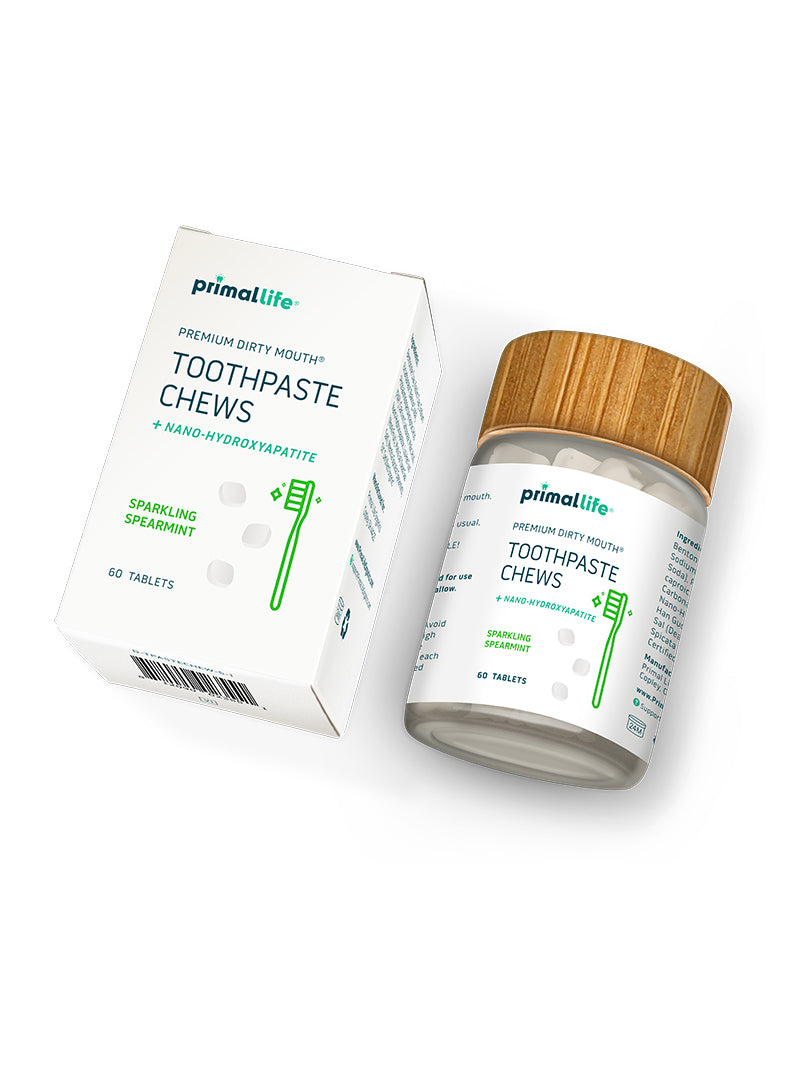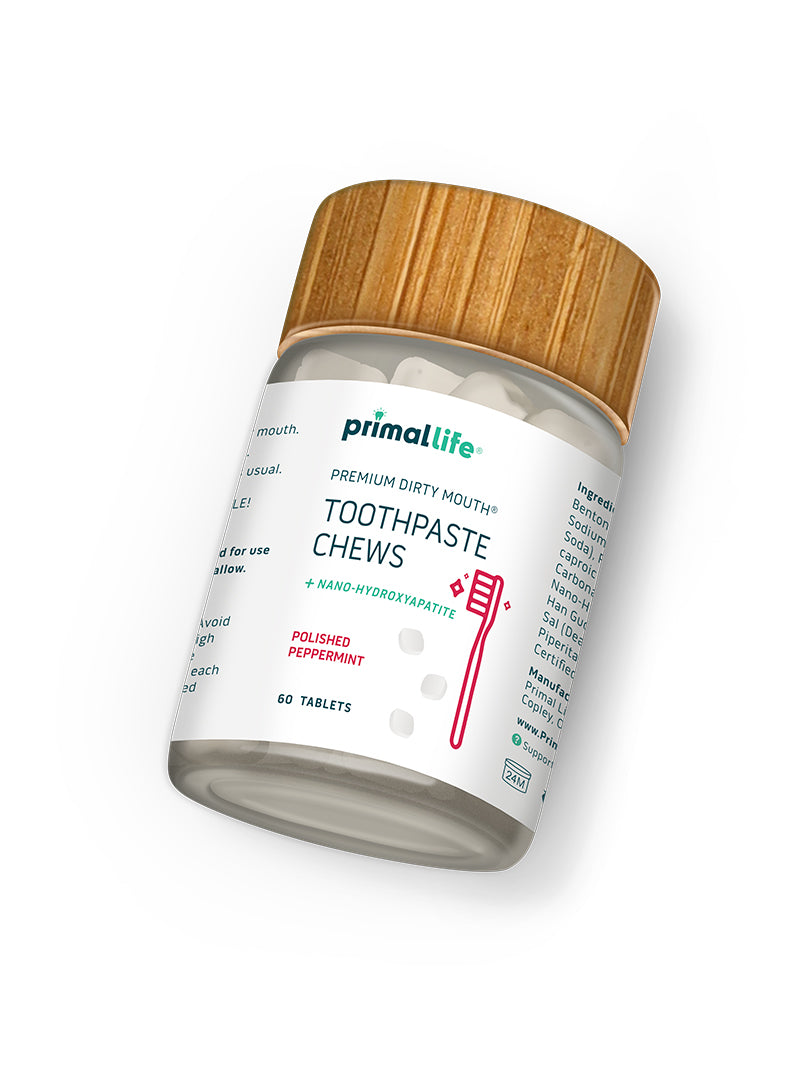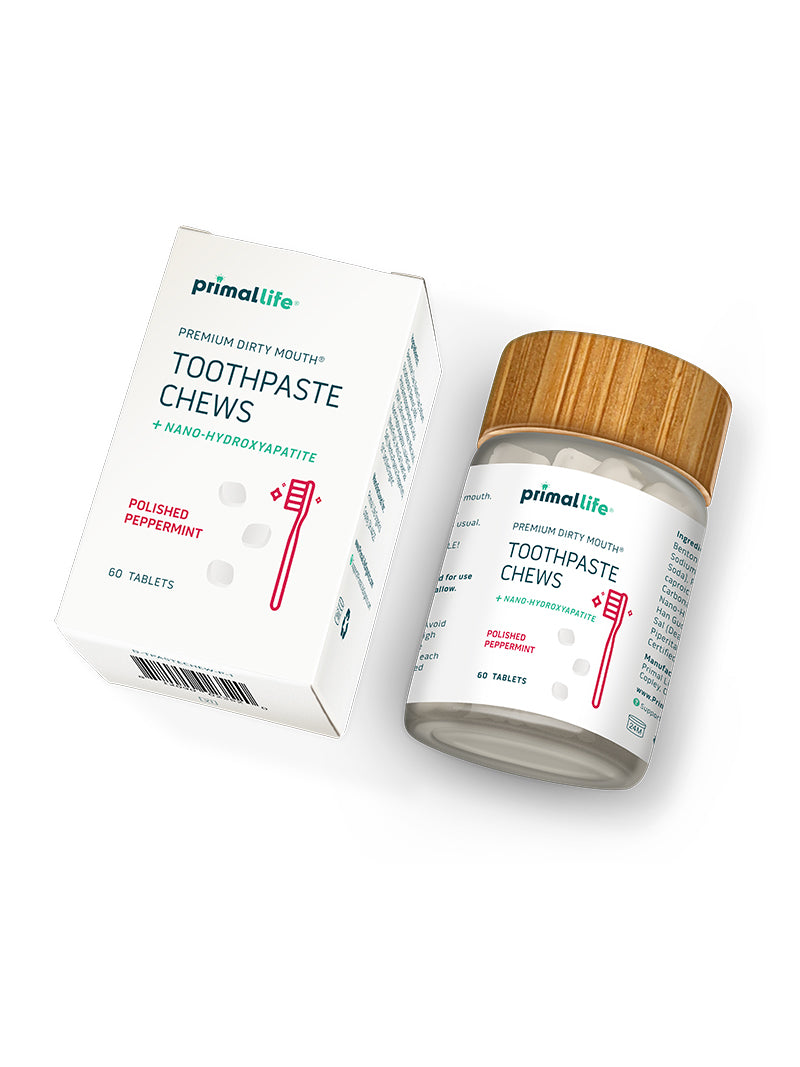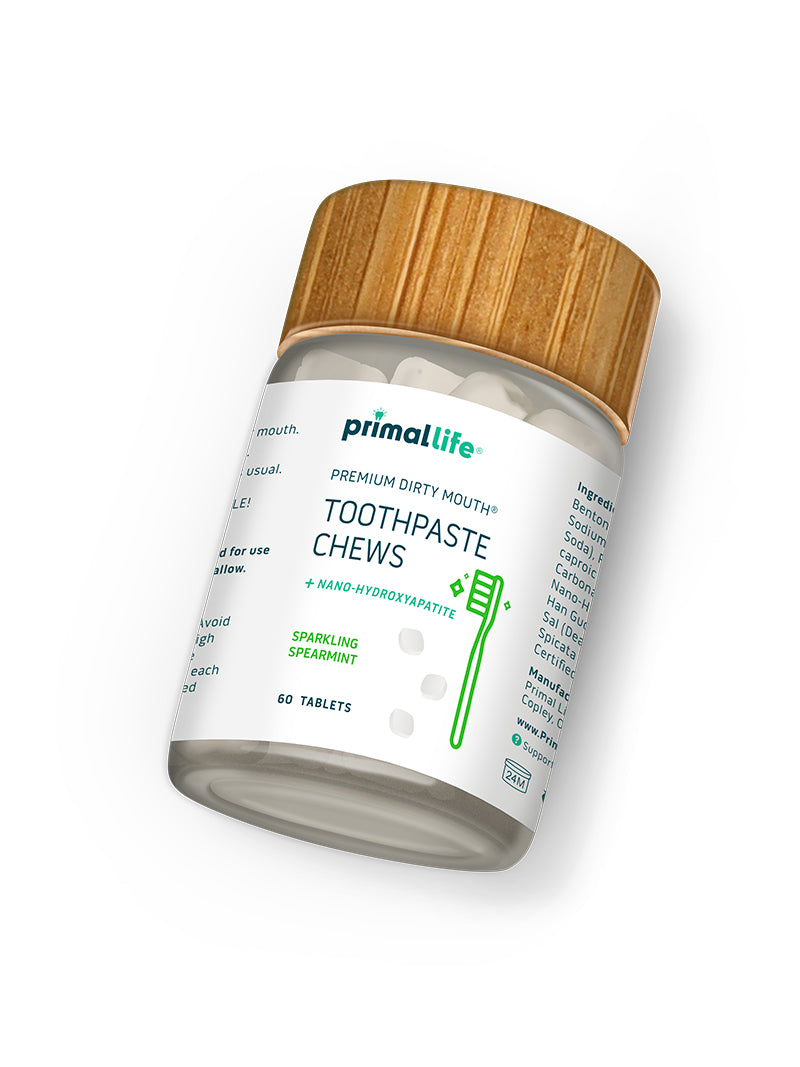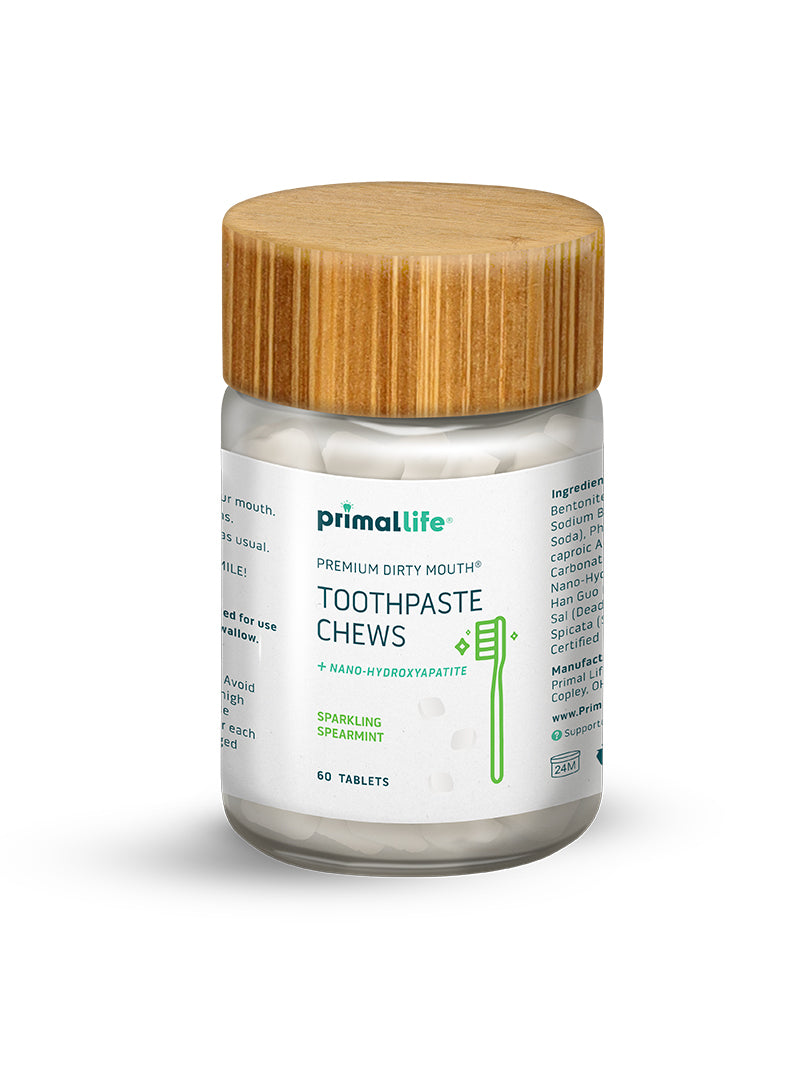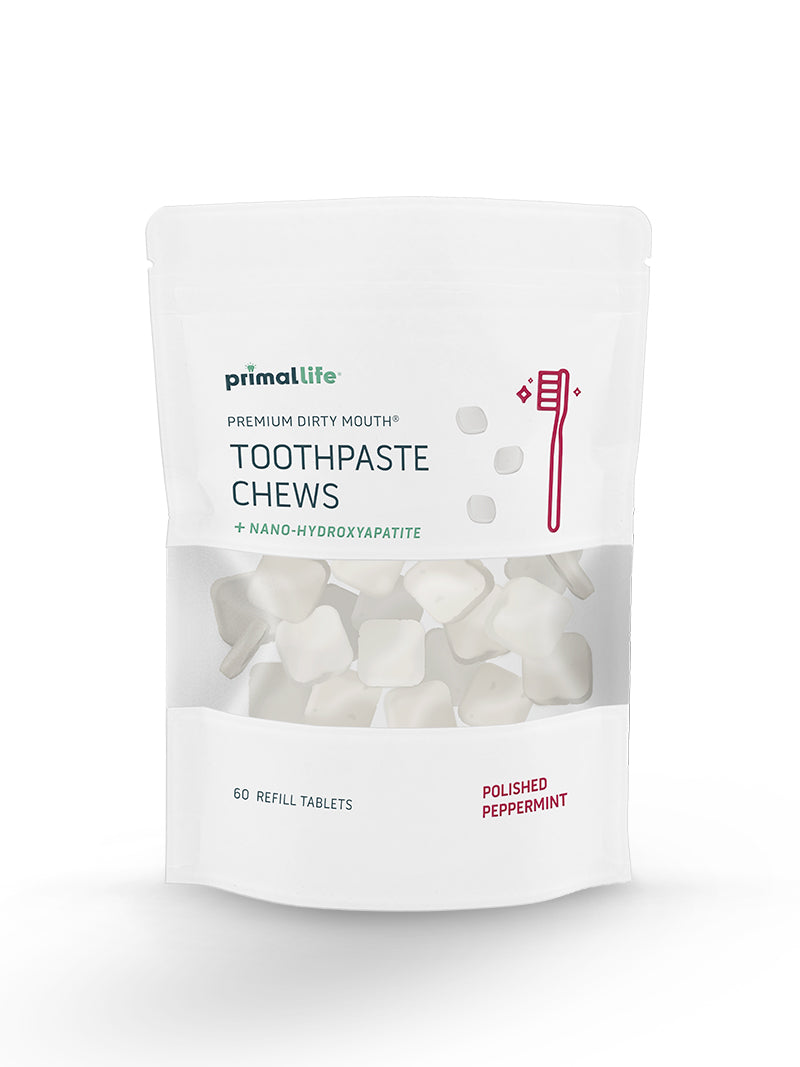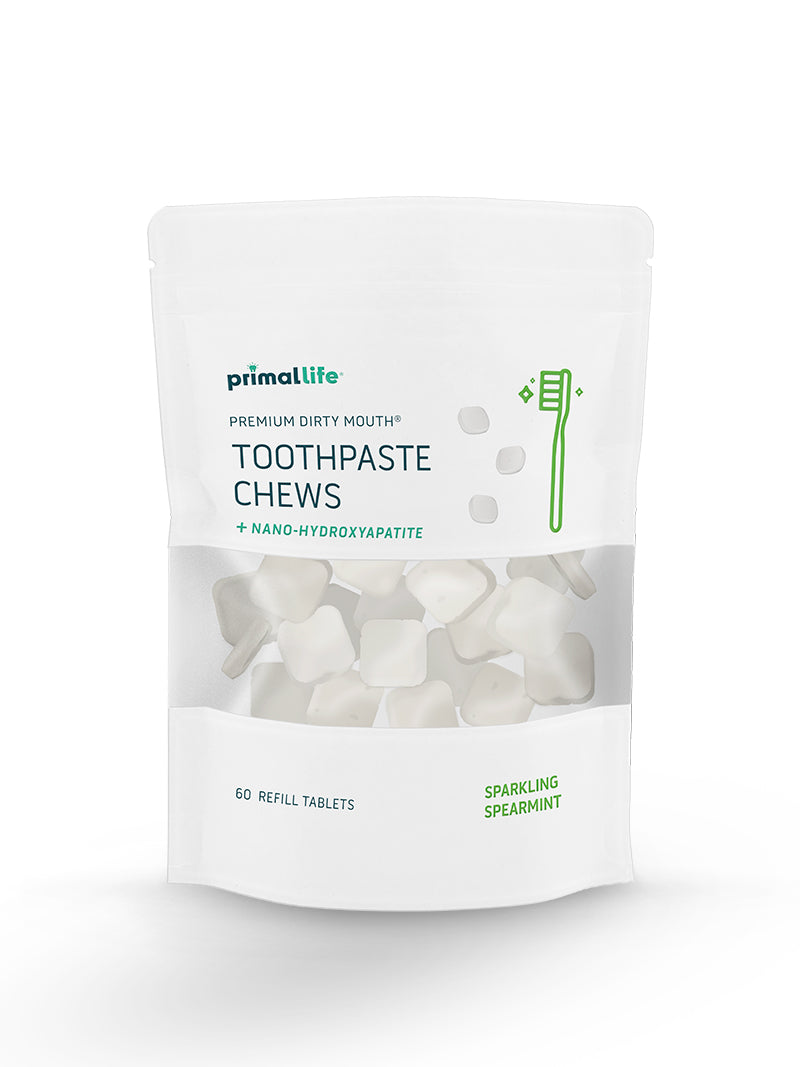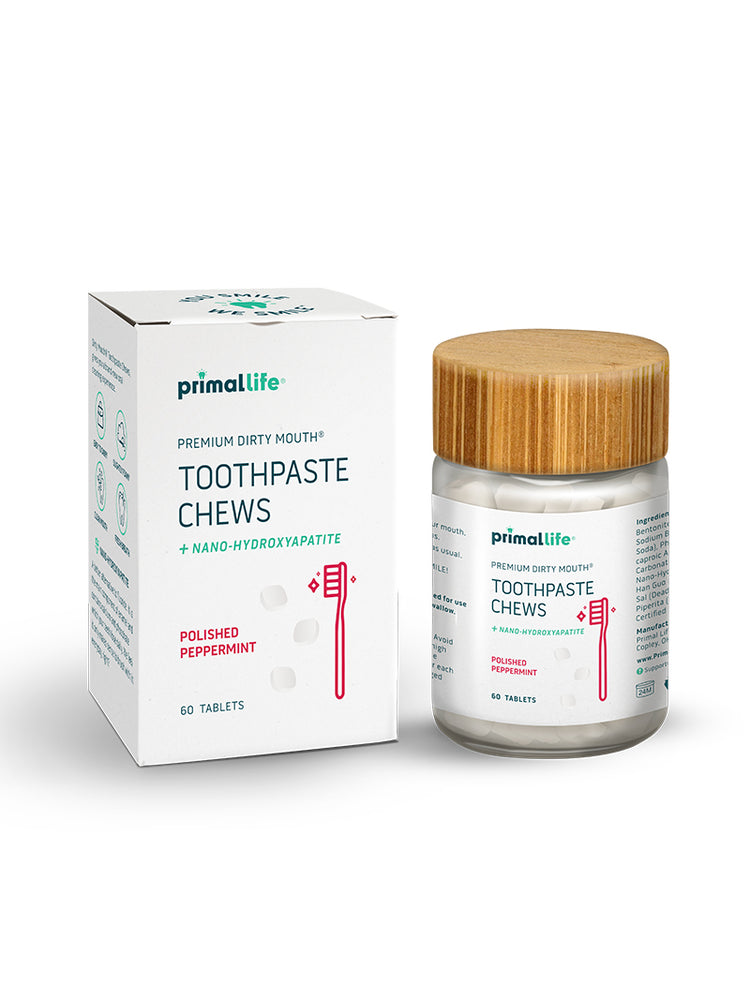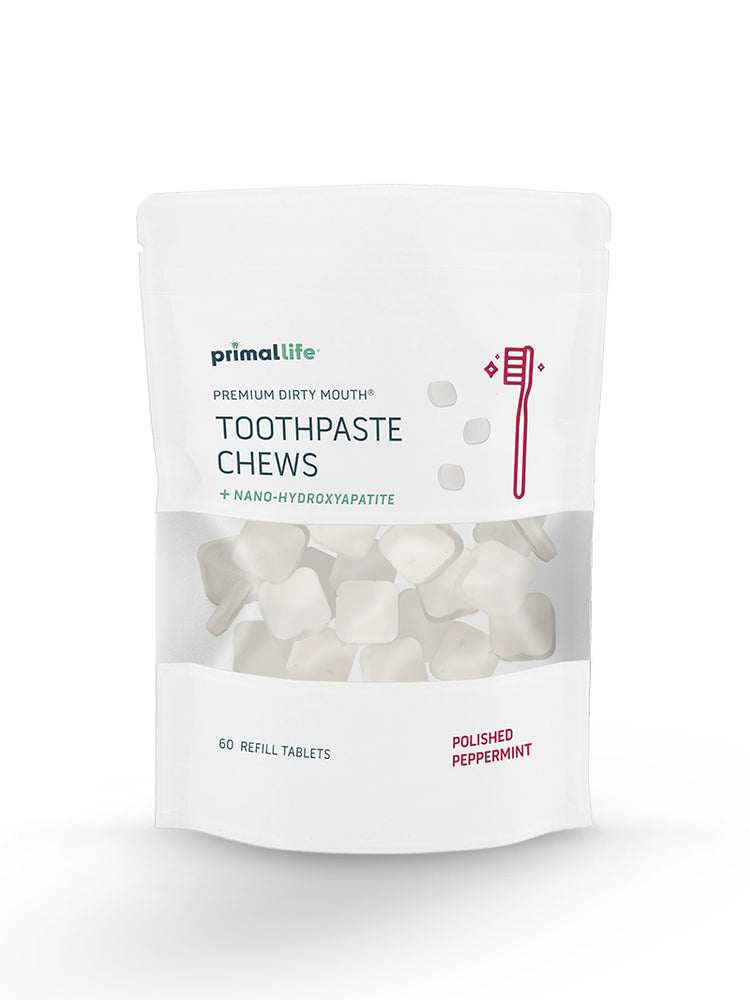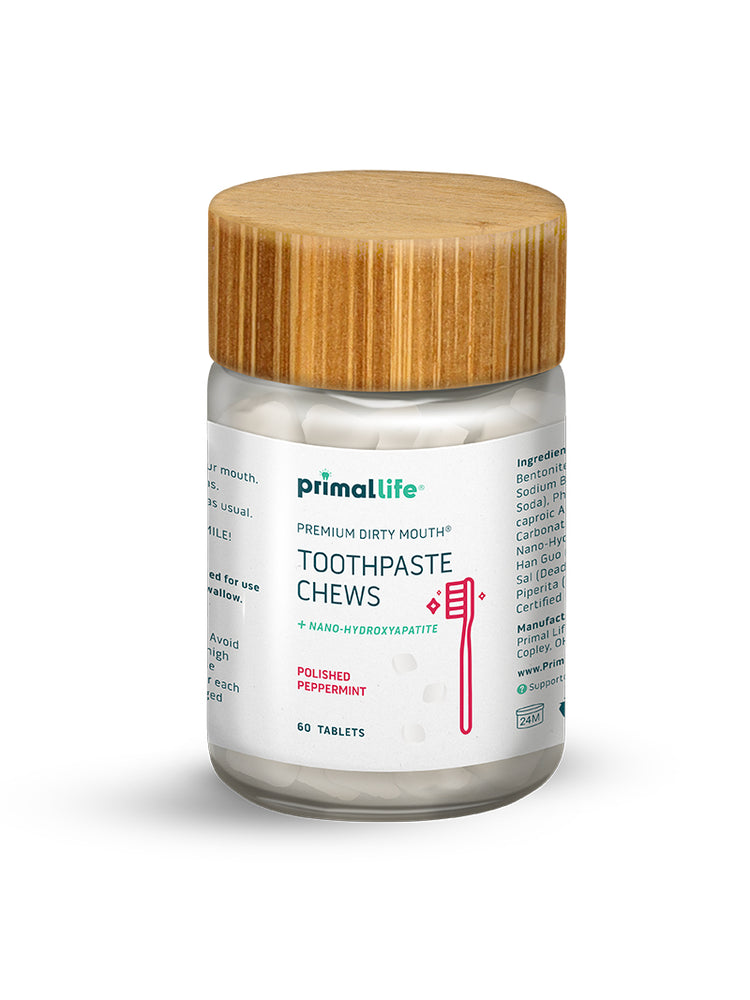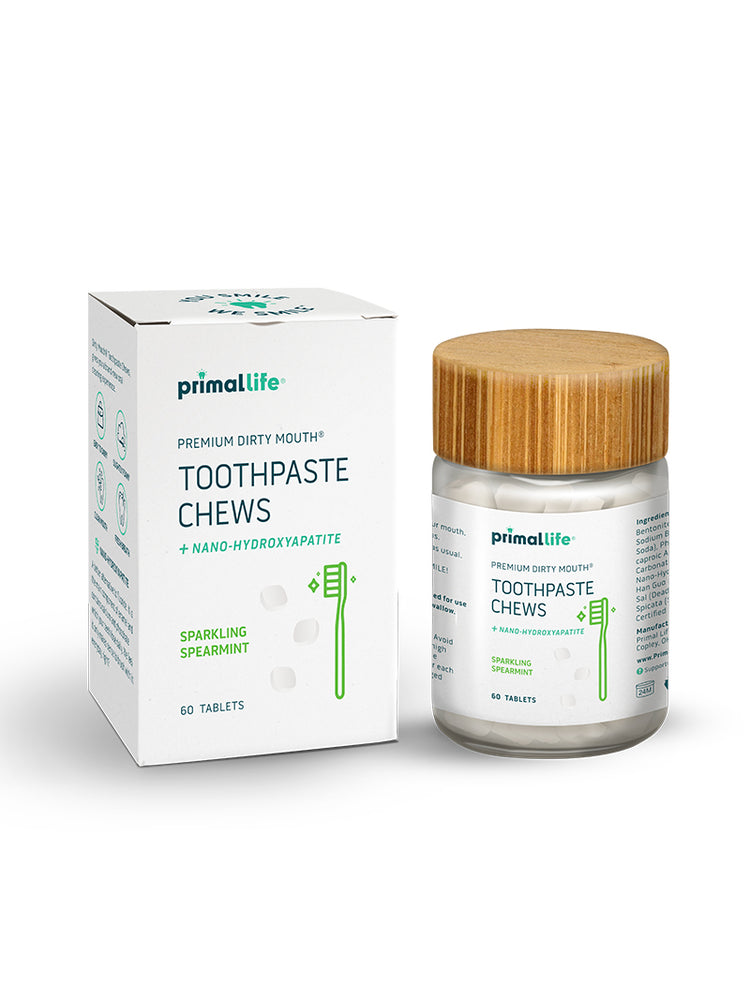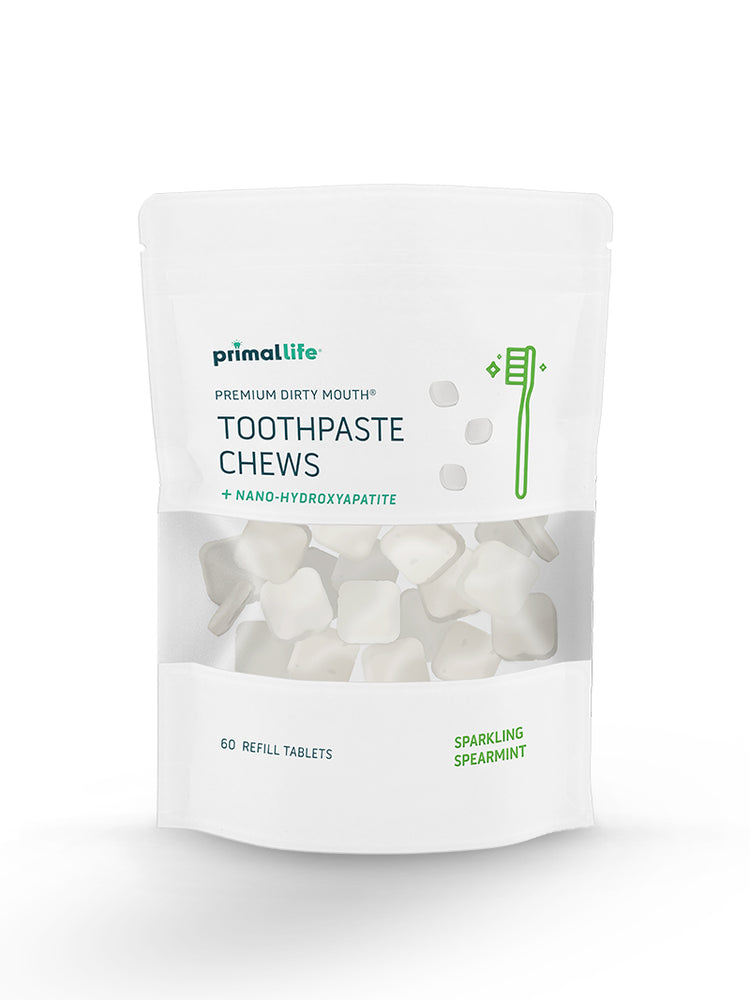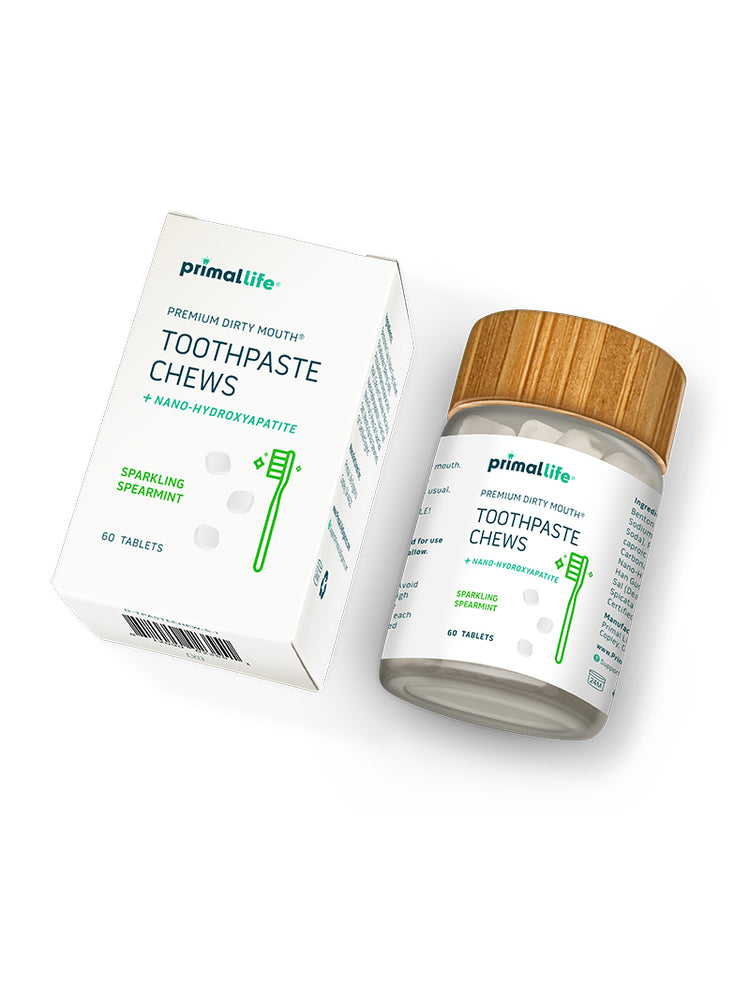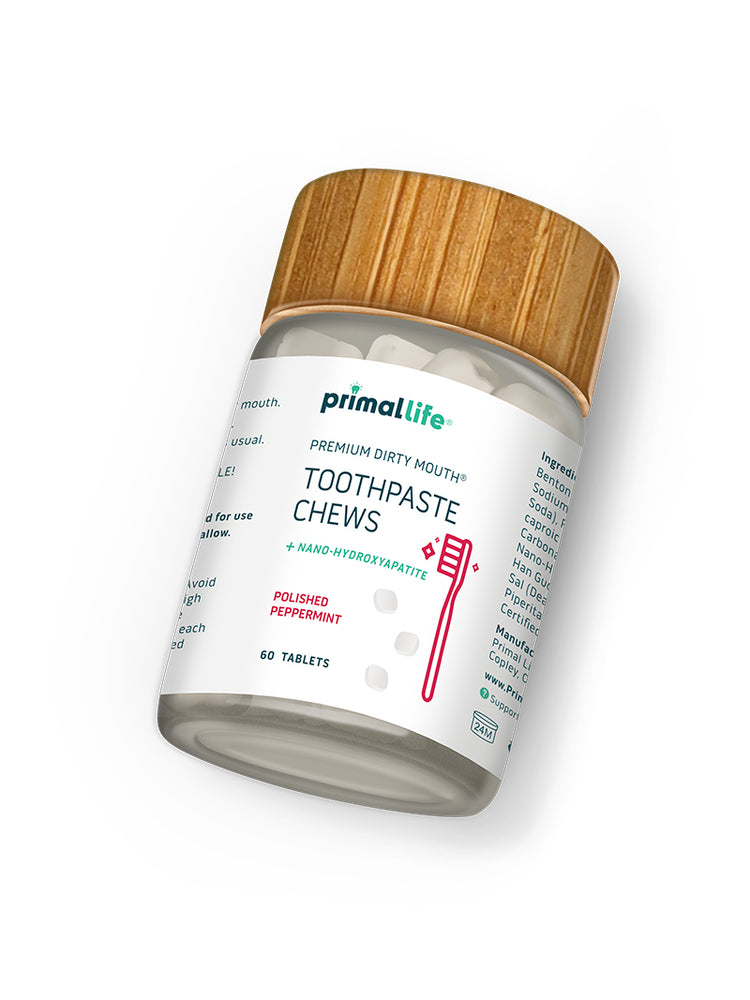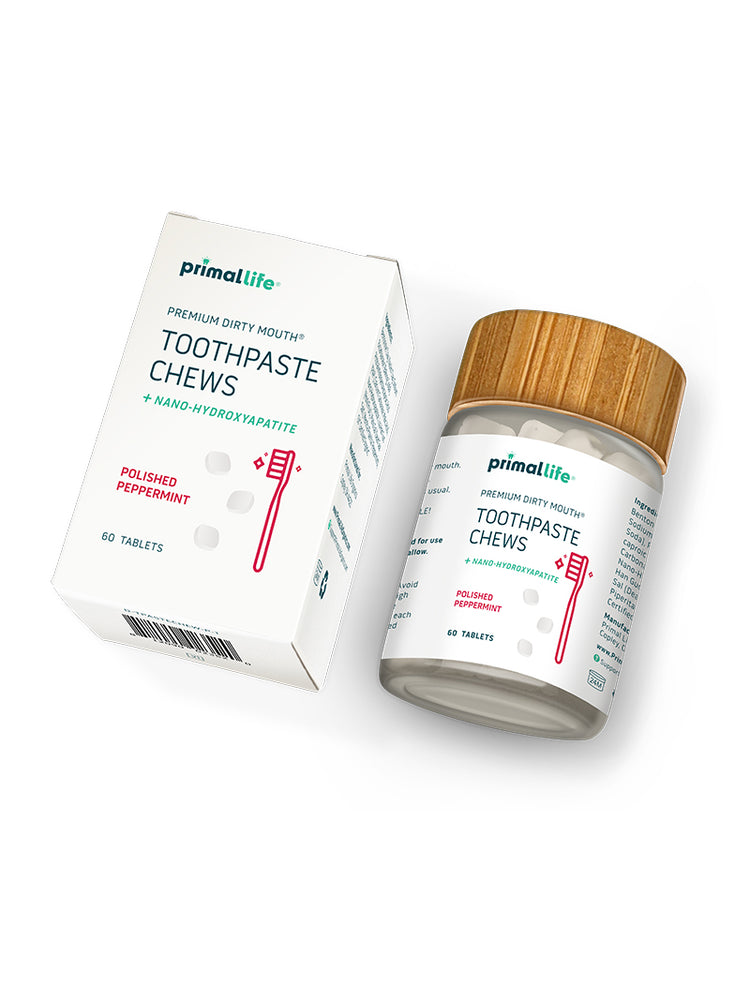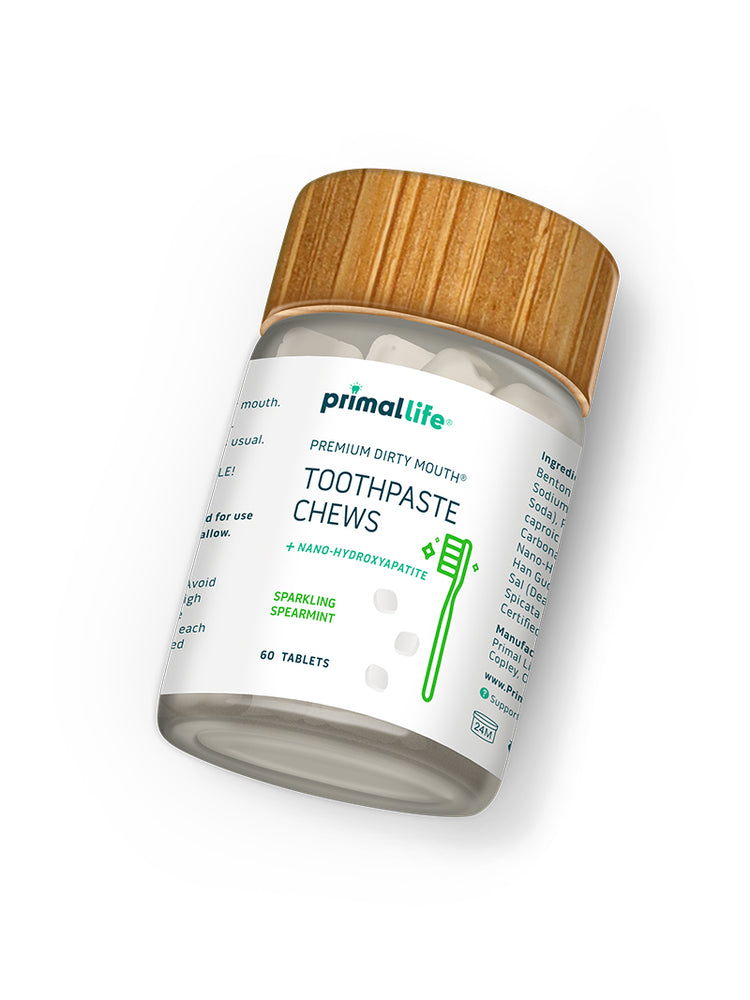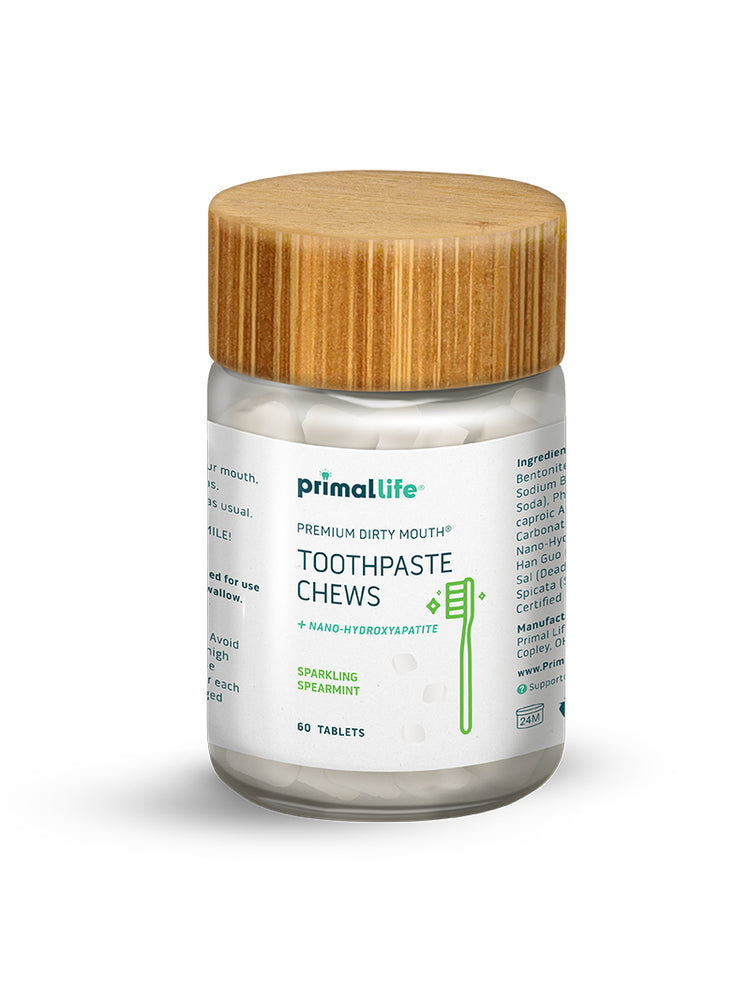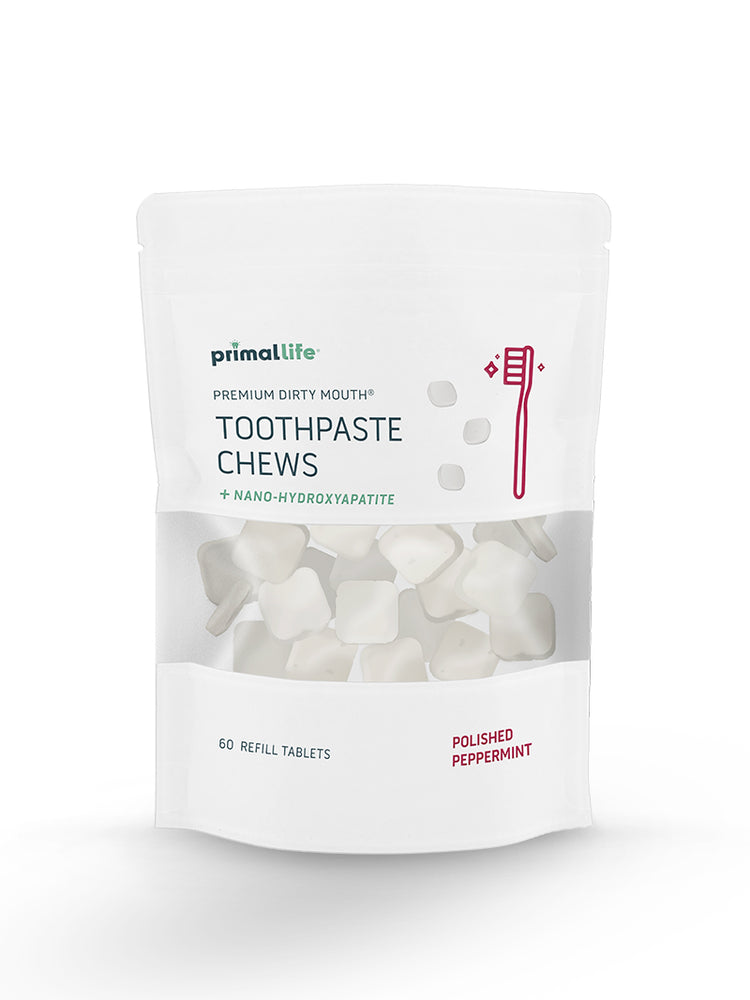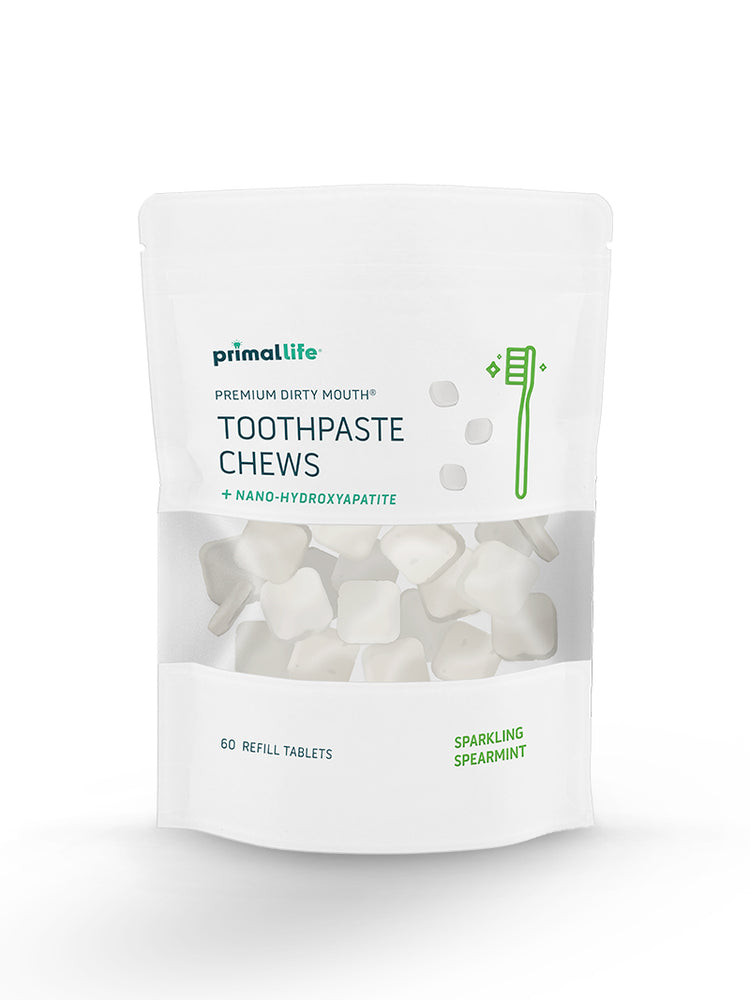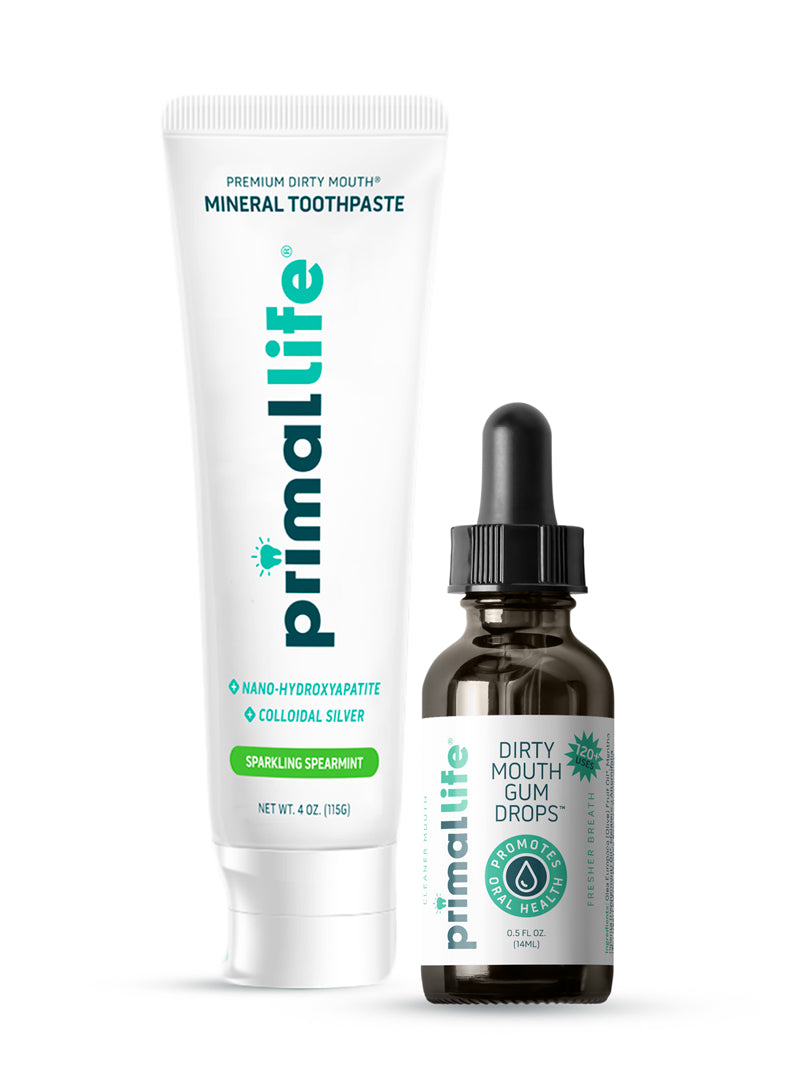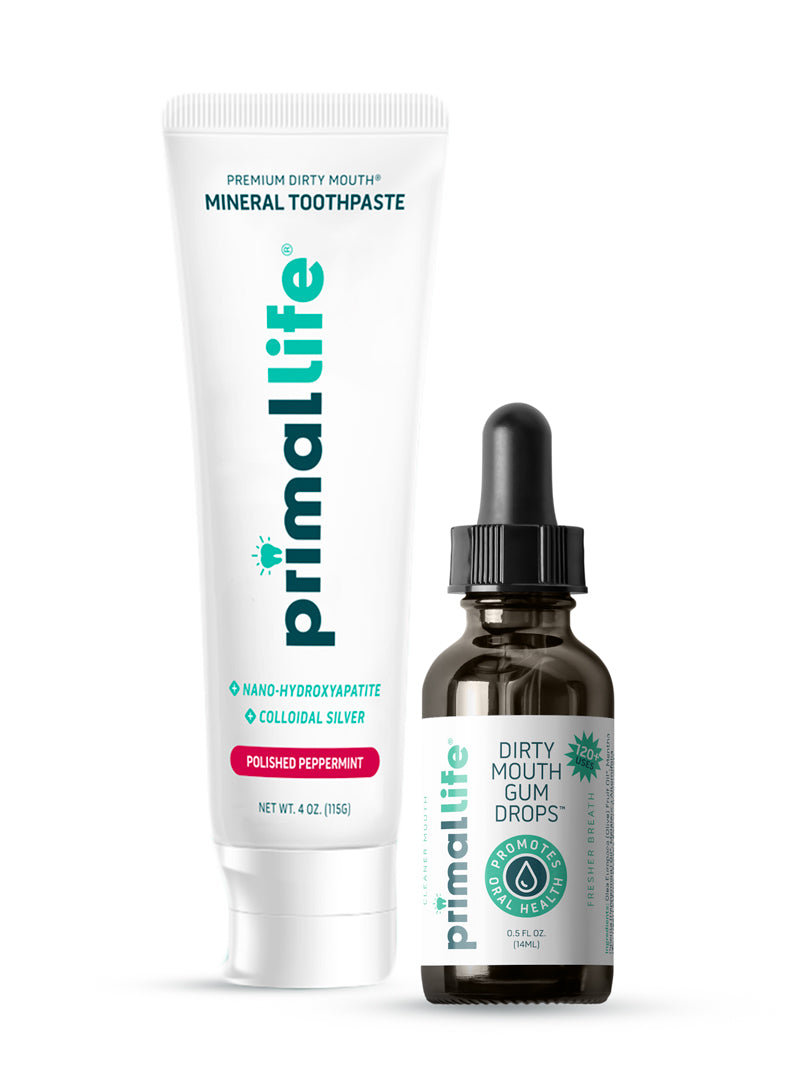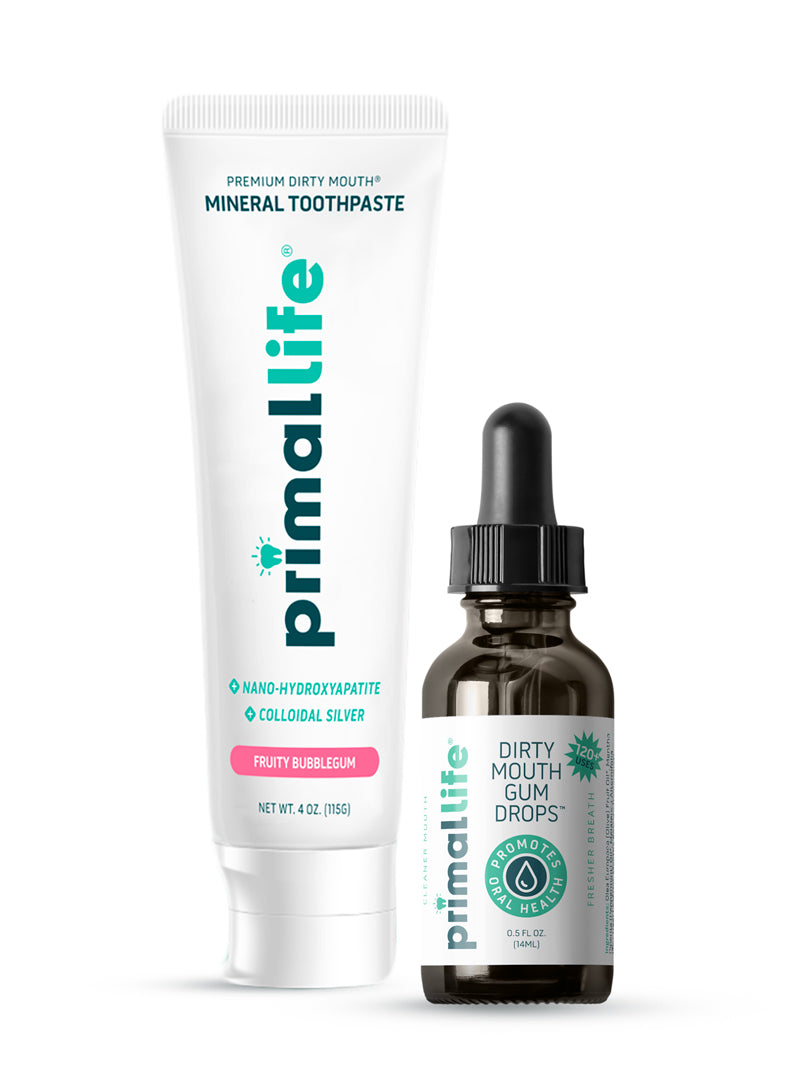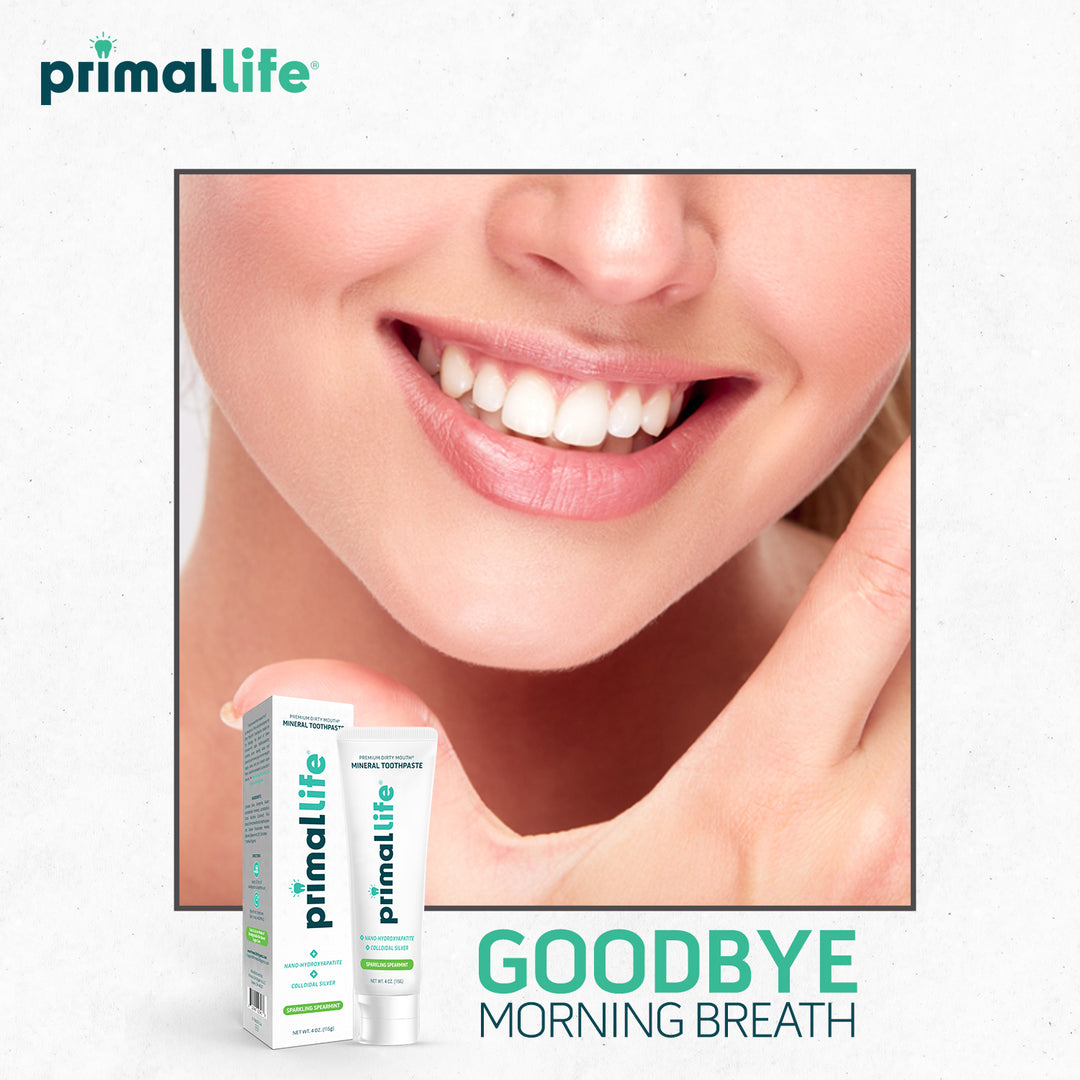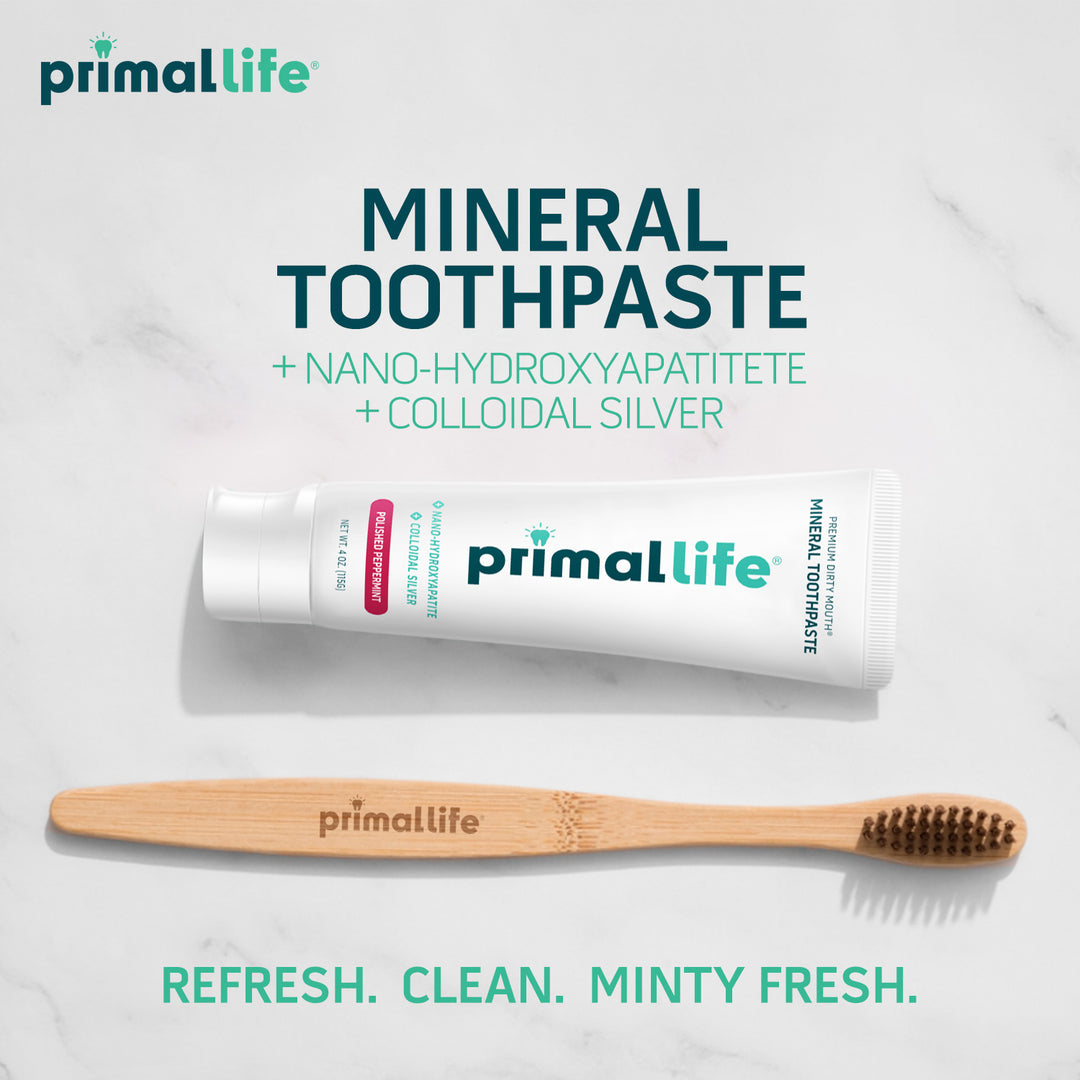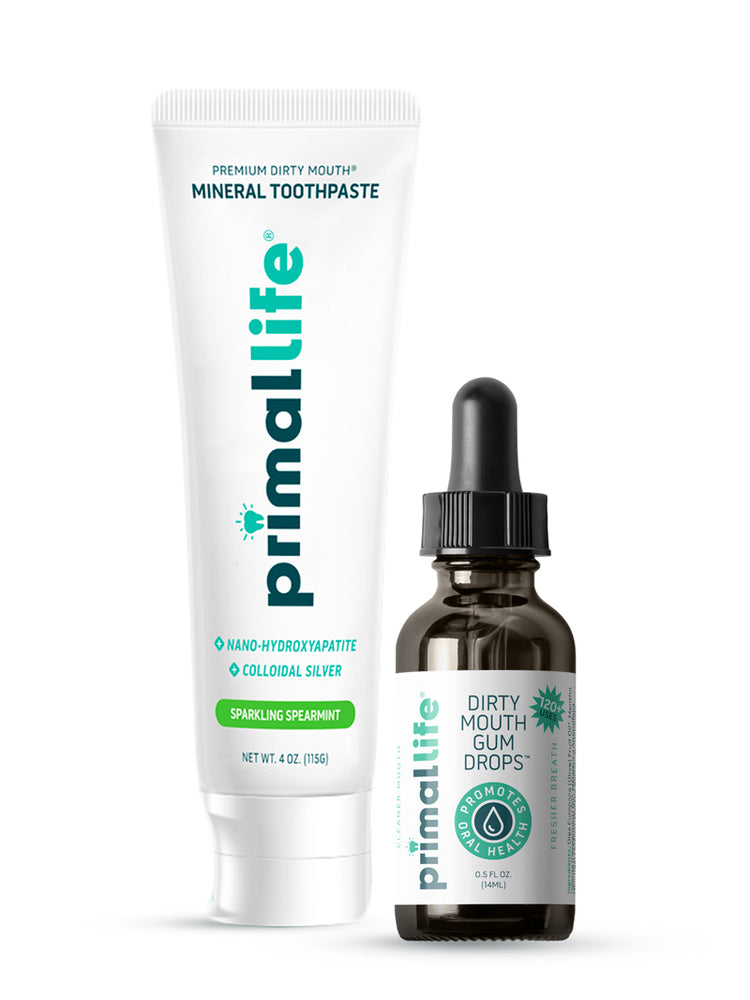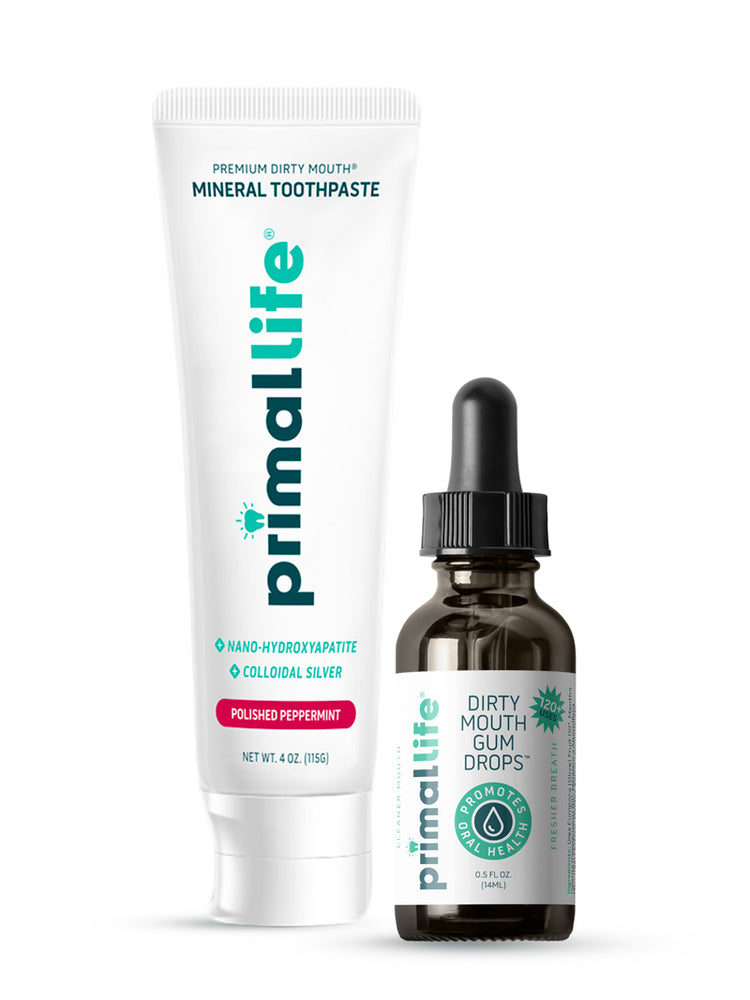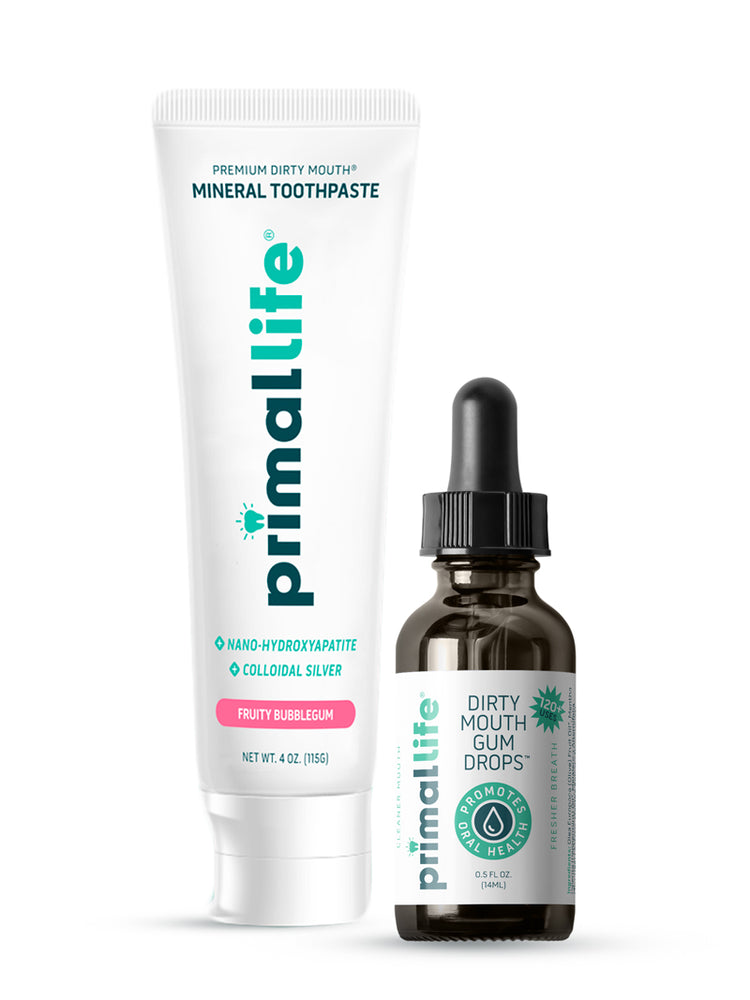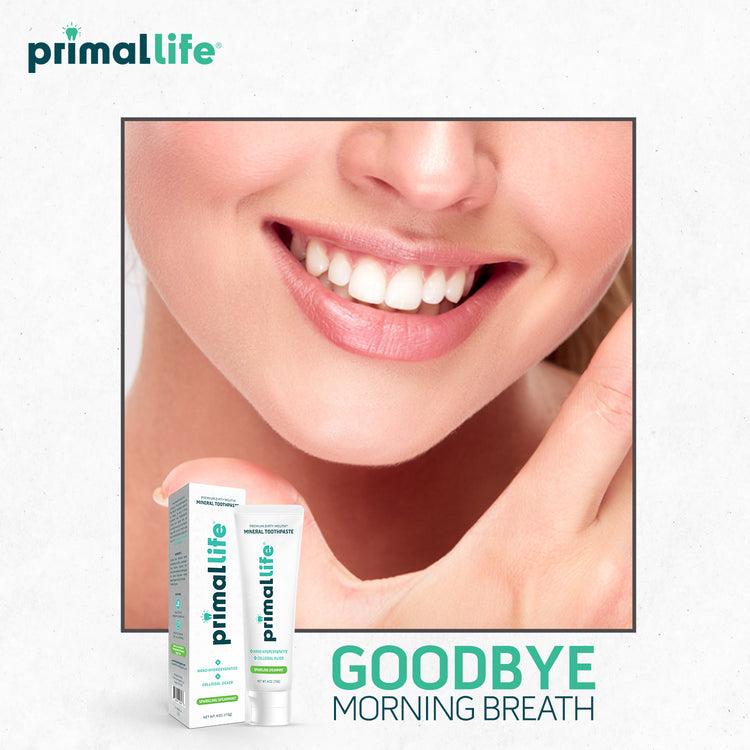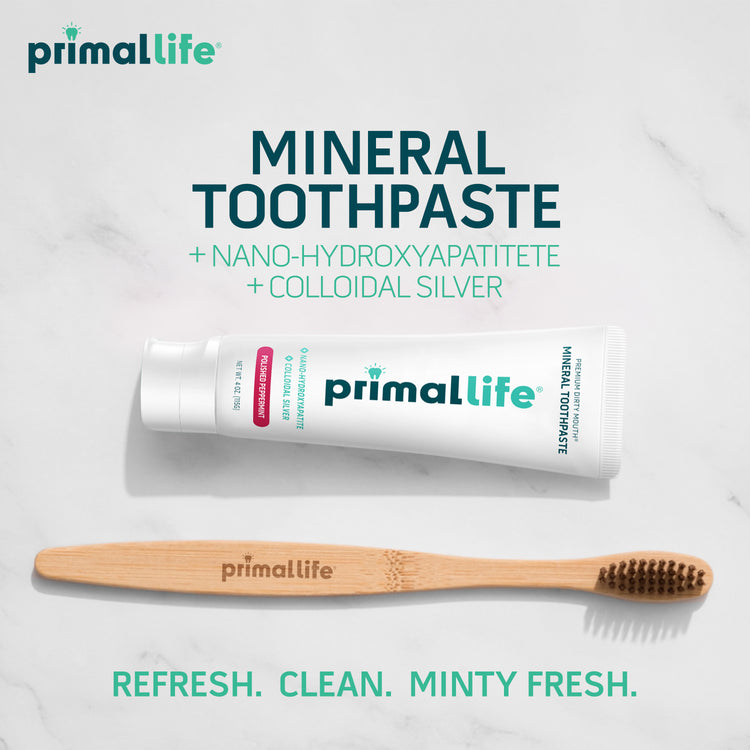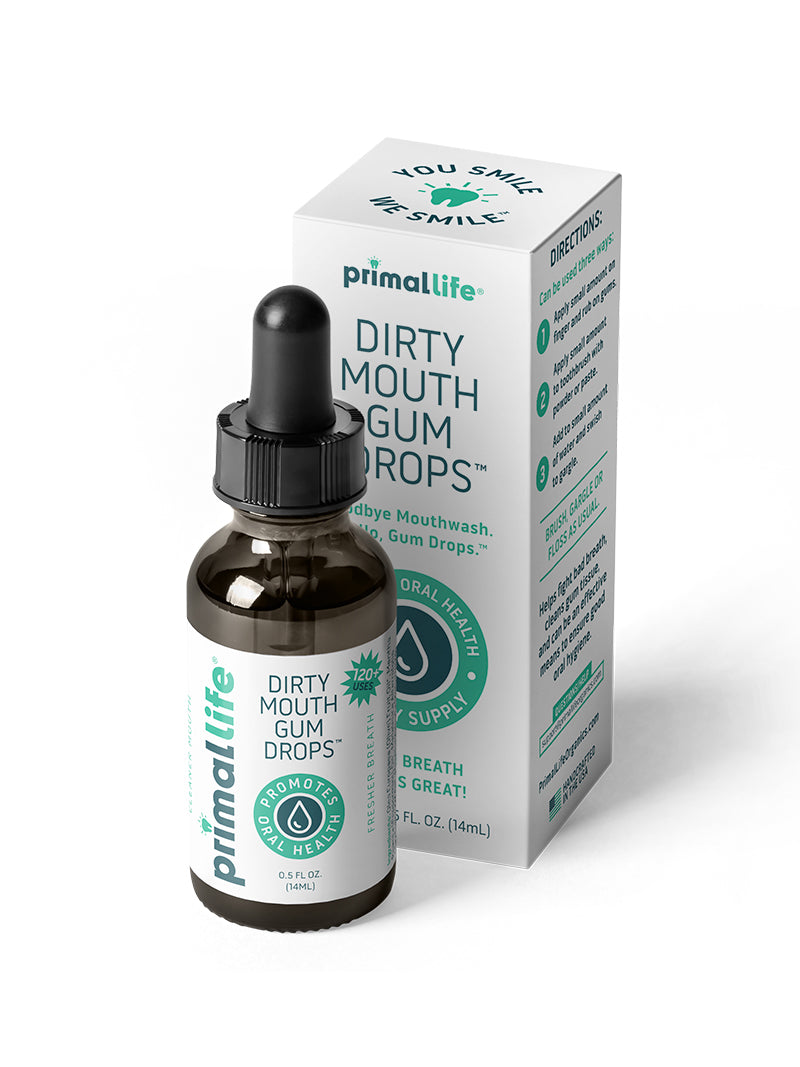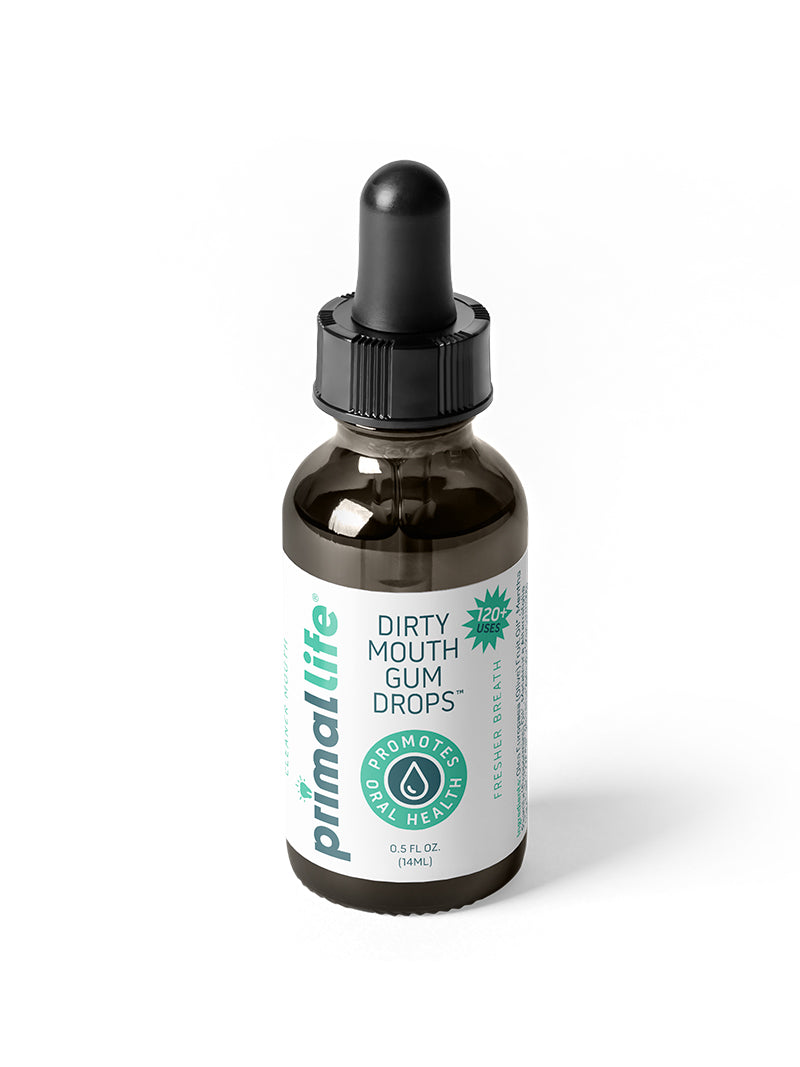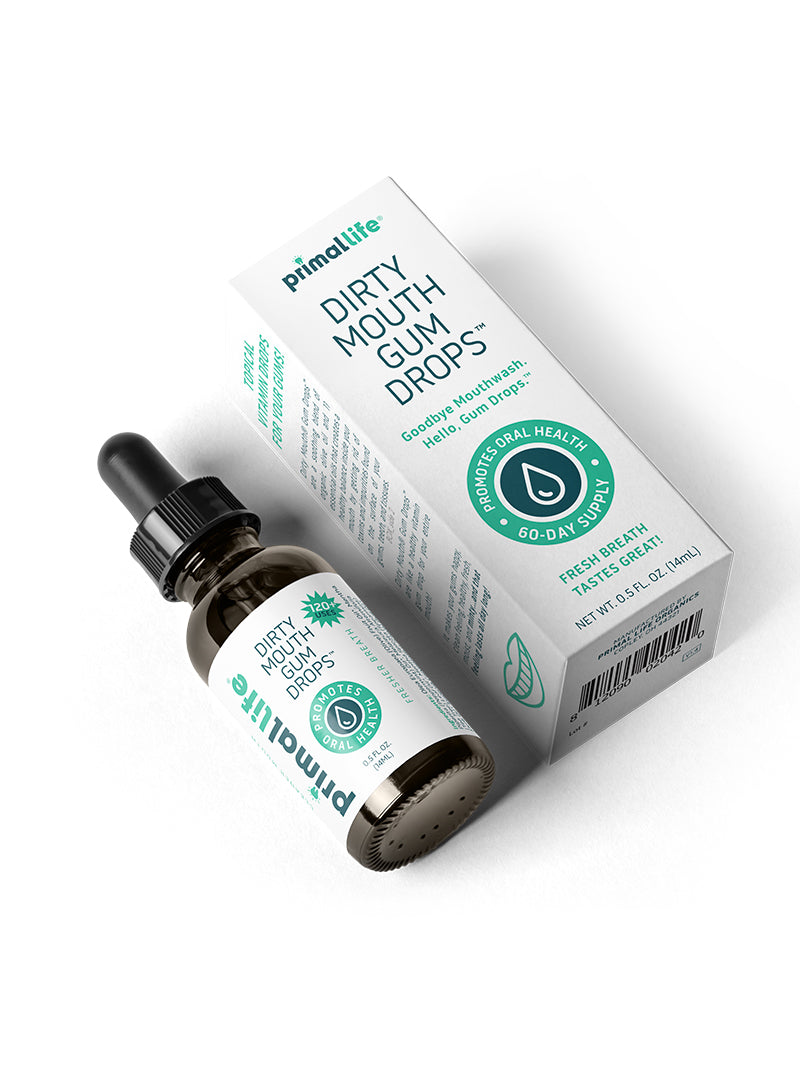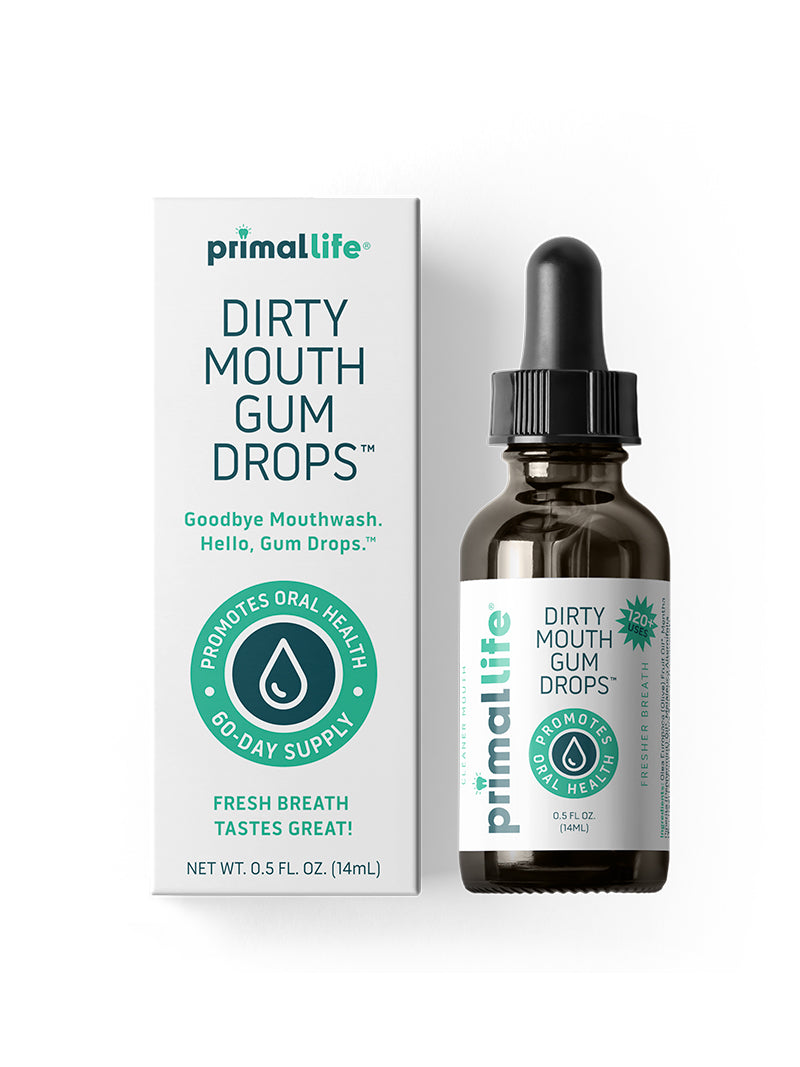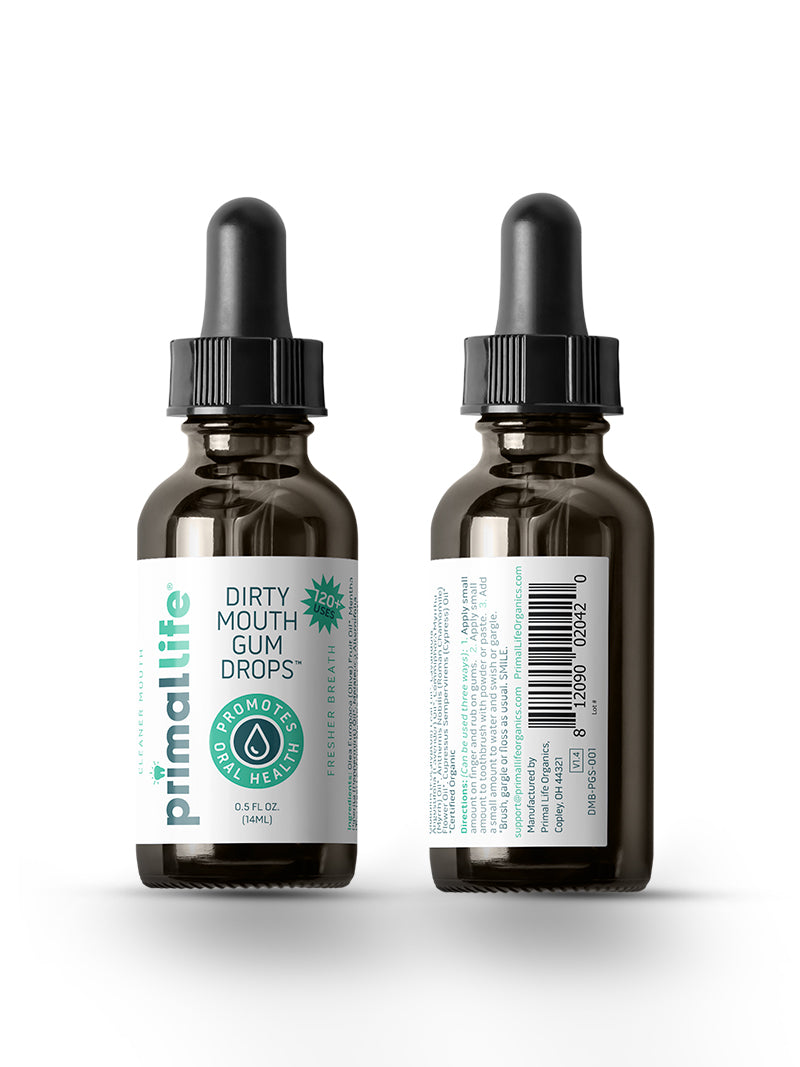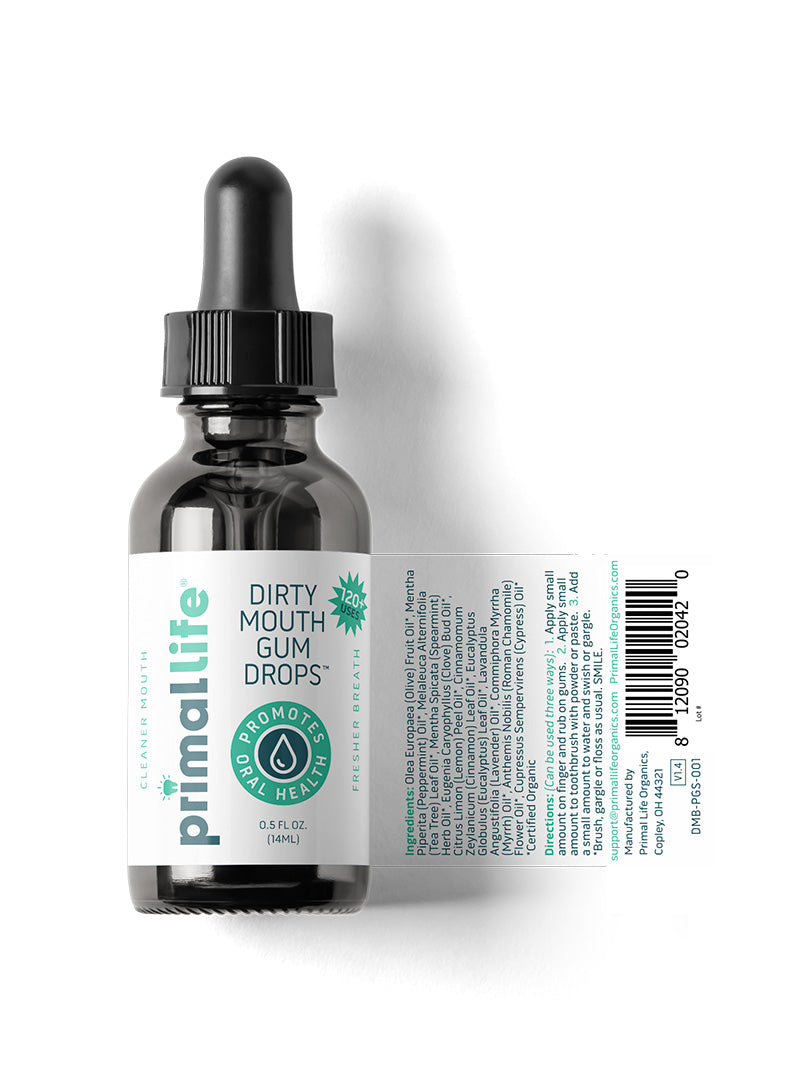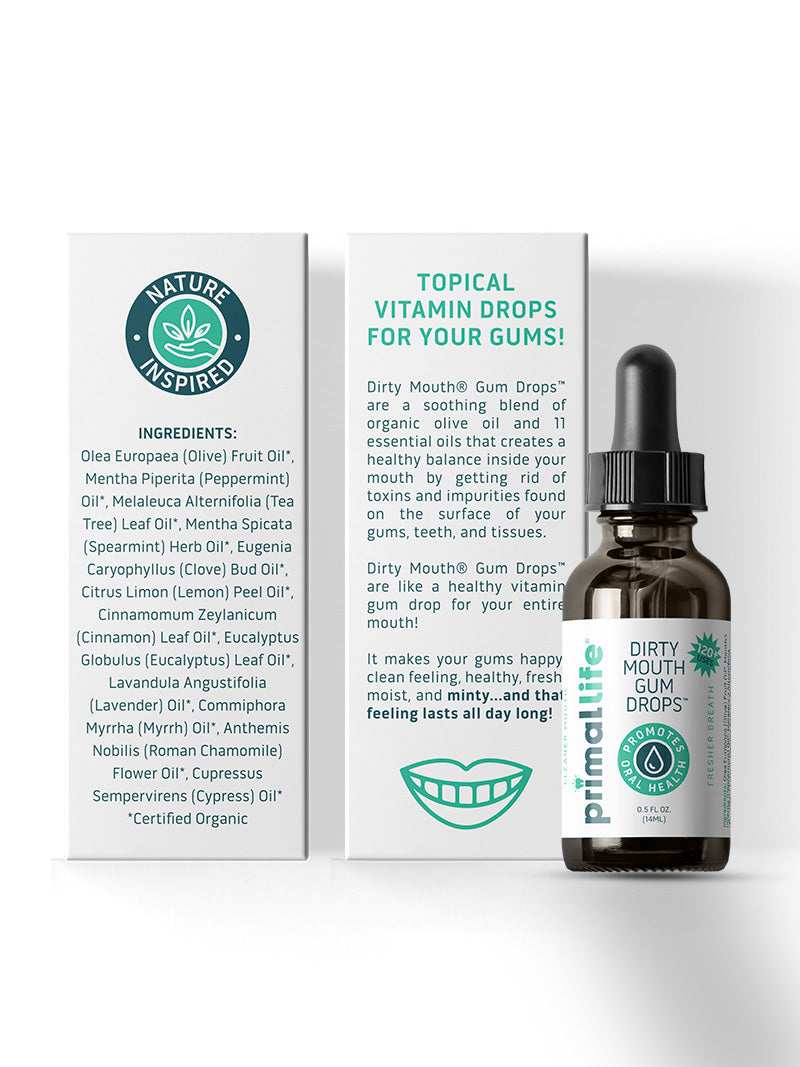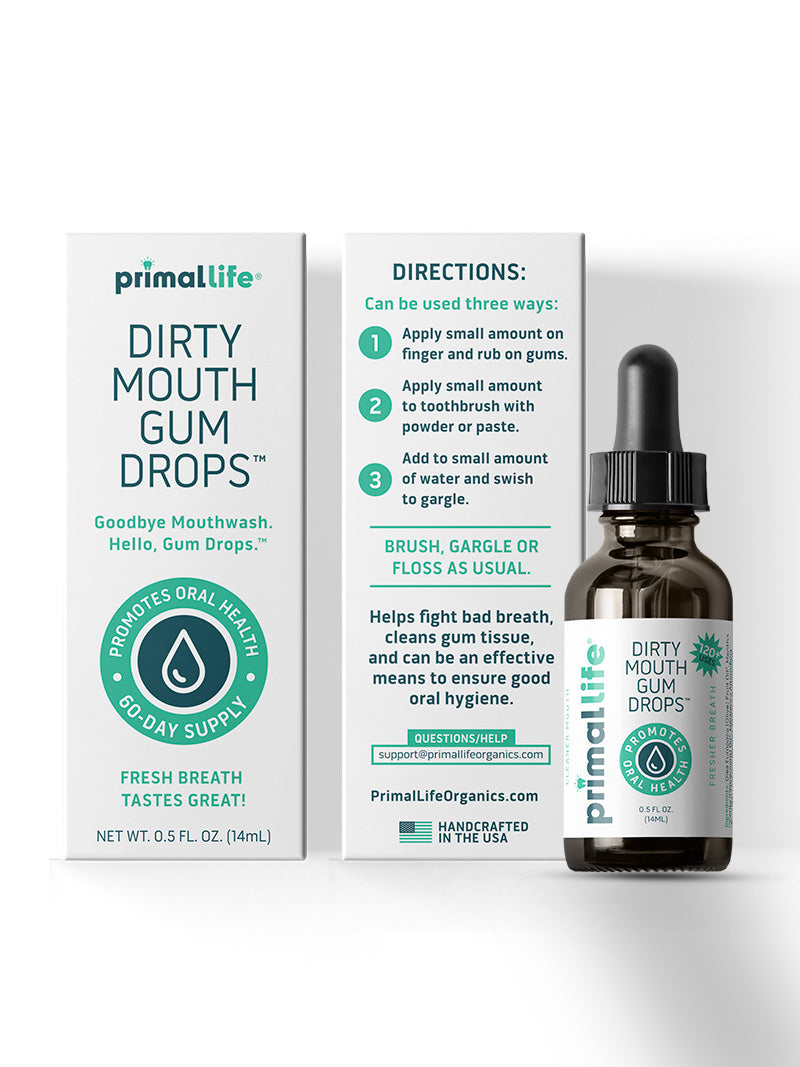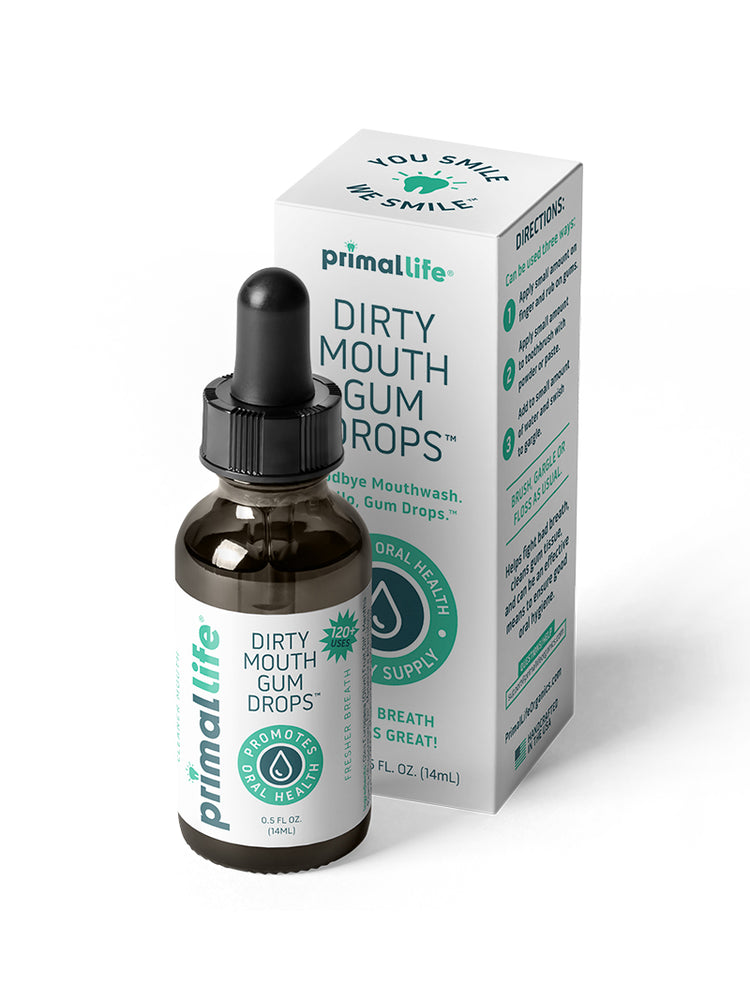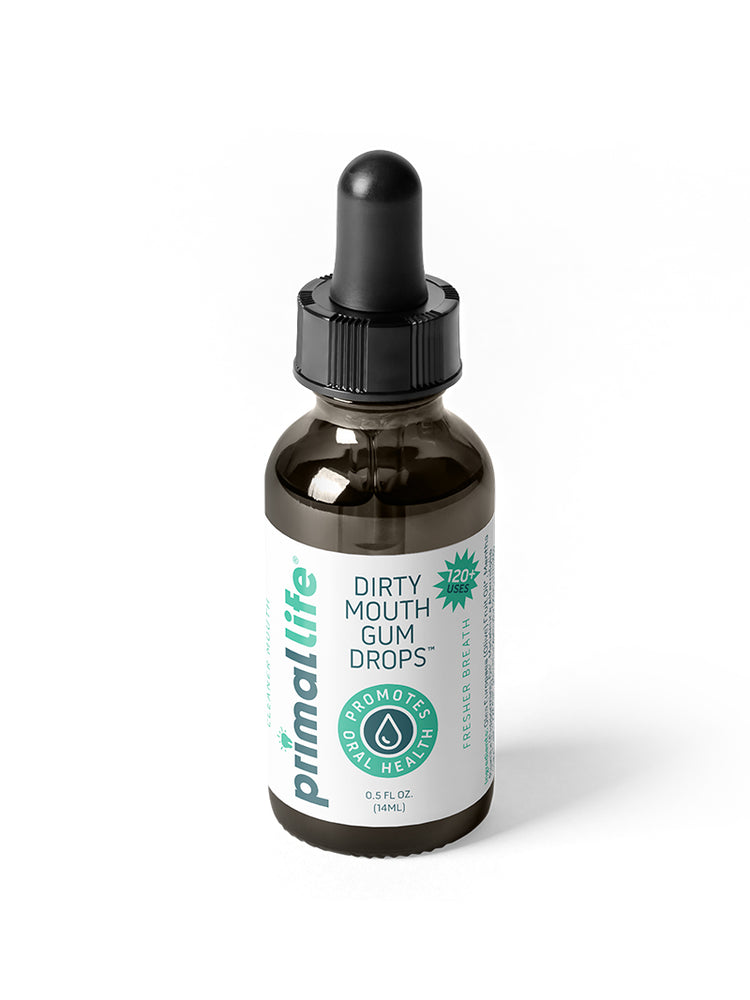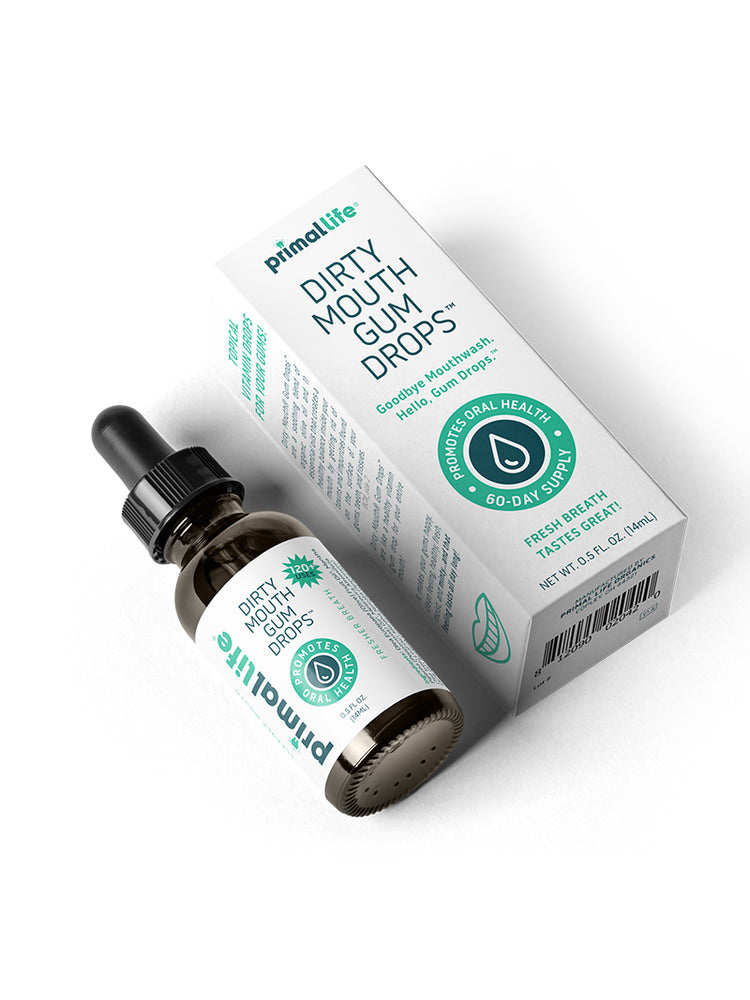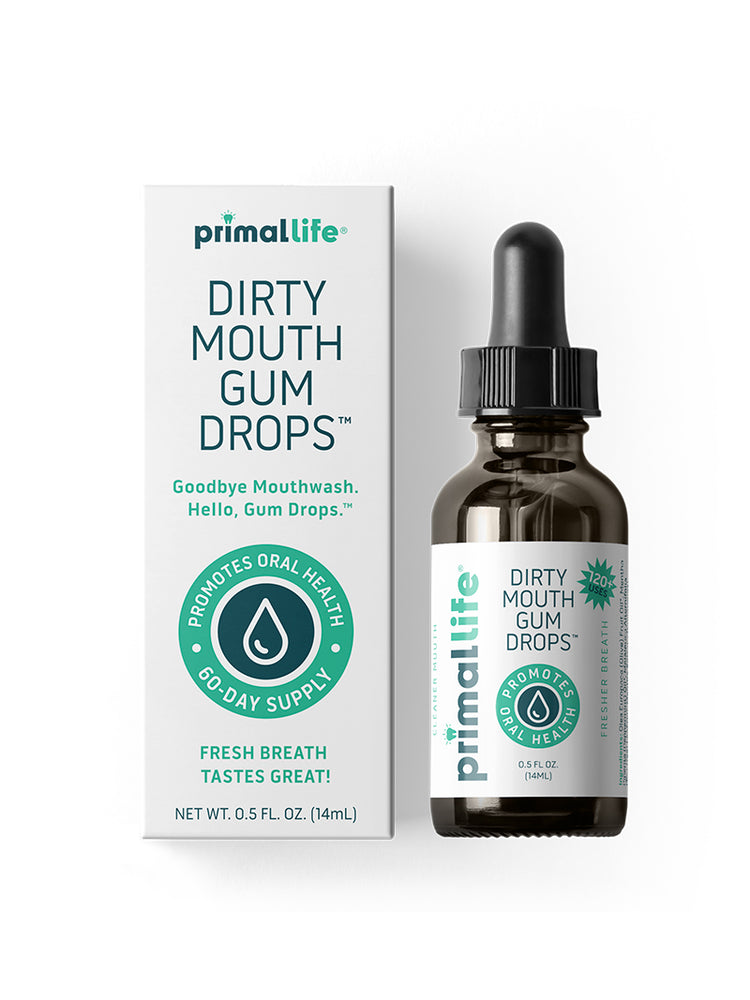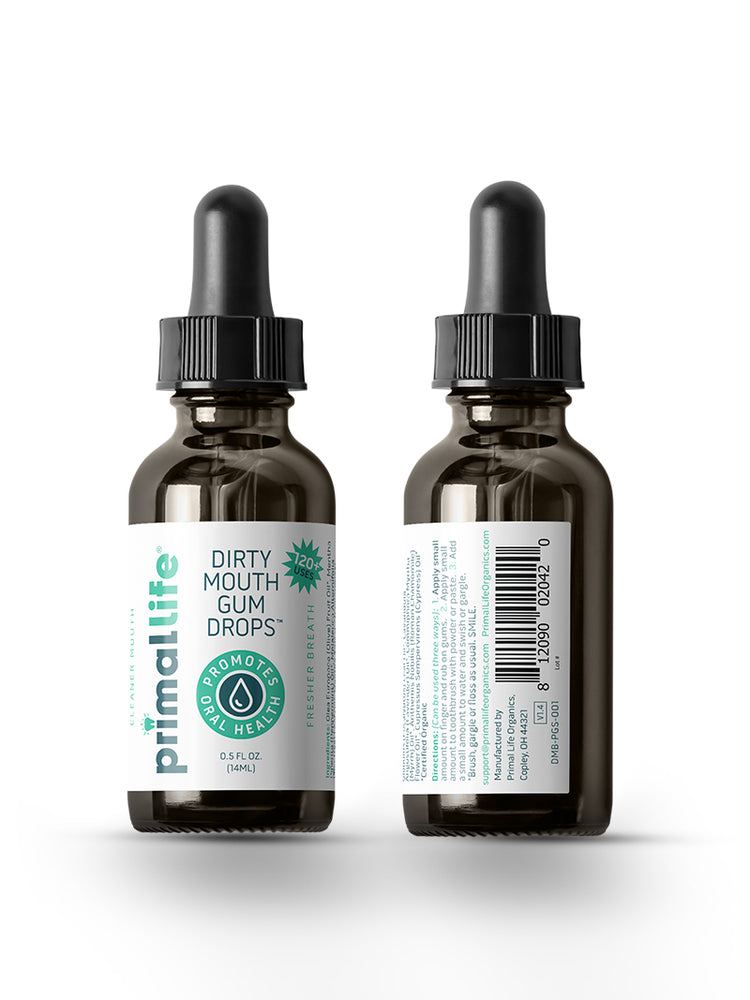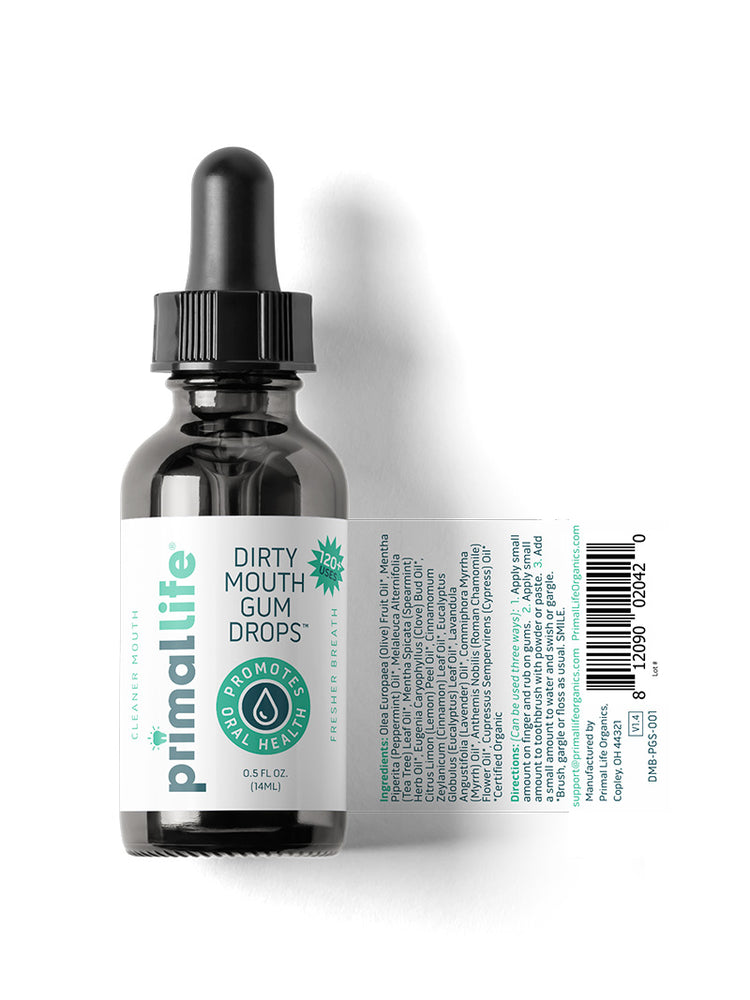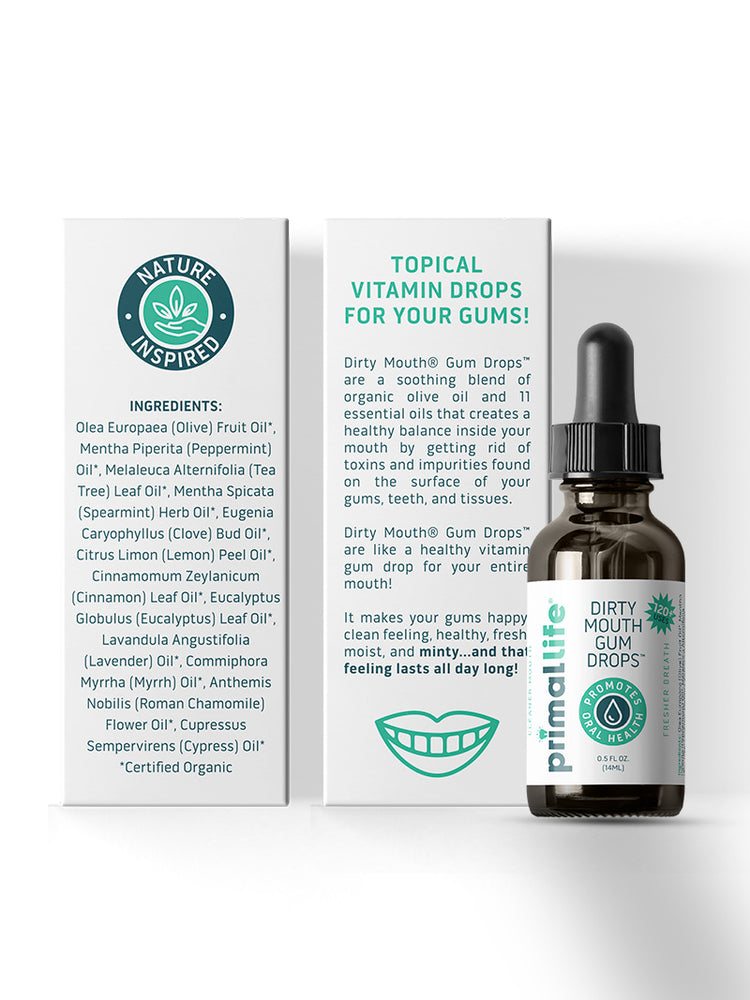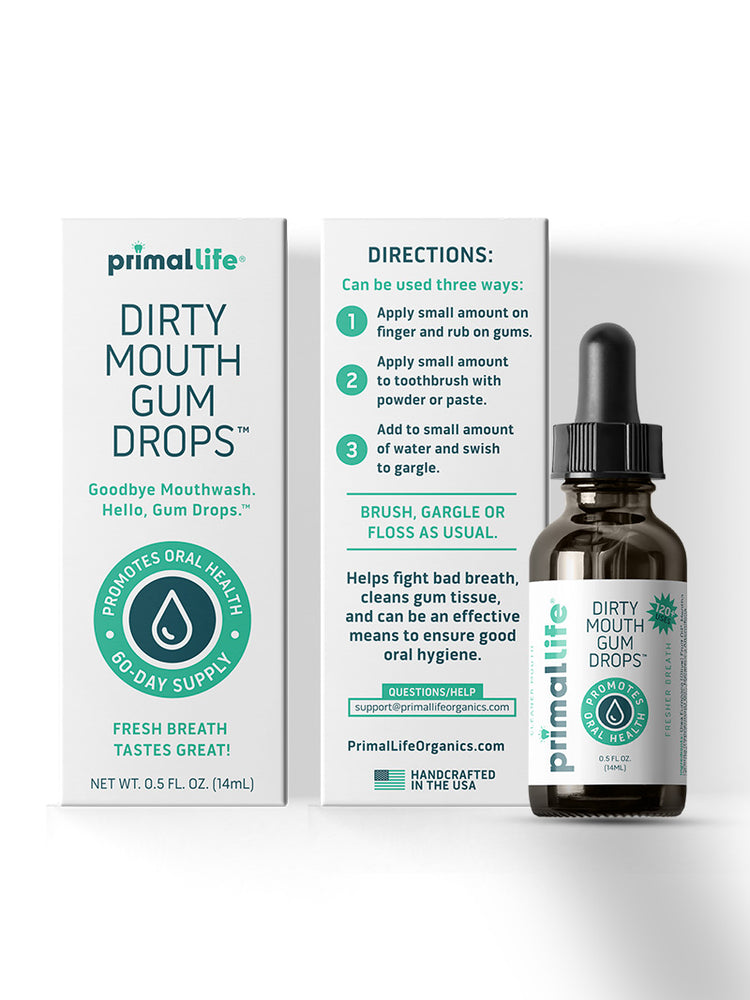How Red Light Therapy Helps To Heal Teeth And Gums
Good oral health is so much more than just about having white teeth and a beautiful smile. Your mouth is the gateway to your body, and research shows that oral bacteria and inflammation are linked to a variety of serious health issues throughout the body.
This makes the importance of maintaining good oral health of utmost importance because tooth and gum issues not only become more painful and harder to fix the longer you wait, but they can lead to serious health implications throughout your body.
Today we are going to talk about red light therapy, and how it can play an important role in achieving good oral health - eliminating cavities, gum disease, and even speeding up recovery from dental procedures.
THE LINK BETWEEN ORAL HEALTH AND OVERALL HEALTH
Your mouth is the entry point to your digestive and respiratory systems. When your mouth is unhealthy, bacteria can migrate throughout the body, causing serious, sometimes life-threatening issues. Poor oral hygiene not only causes cavities, gum disease, teeth sensitivity, and other mouth issues, but it has been linked to the following health issues:
- Diabetes
- Endocarditis
- Cardiovascular disease
- Rheumatoid arthritis
- Alzheimers
- Dementia
- Pancreatic cancer
- Pneumonia
- Low birth weight or premature birth
It’s clear that a good oral health routine is vital to maintain your health, but unfortunately, most people are unaware of what actually creates good oral health. Due to the false information perpetrated by the $18.5 billion dollar toothpaste industry, most people end up with poor oral health.
THE ESSENTIALS FOR GOOD ORAL HEALTH
Among adults aged 20 and older, about 90% have had at least one cavity. If fluoride and the claims from the hundreds of commercial toothpaste companies really did create good oral health, how could that be true?
Unfortunately, instead of preventing cavities and gum disease, commercial toothpaste and mouthwash creates an acidic environment in the mouth. This creates a breeding ground for plaque and tartar, which prevents remineralization of enamel, causes cavities, gingivitis, periodontal disease, teeth sensitivity, and so much much more.
In order to create good oral health, a toothpaste or toothpowder must have three essentials:
- Be alkaline.
- Contains minerals.
- Detoxify the tissues of your mouth and your teeth.
But because this information is not widely known, many people struggle with ongoing dental issues, which is where red and blue light therapy can help.
RED LIGHT THERAPY TO THE RESCUE
Red light therapy is the process of diffusing concentrated wavelengths of natural light using light-emitting diodes (LED) to safely deliver red and near-infrared (NIR) light deep into the skin to the cells, where it triggers a biochemical reaction that allows the mitochondria to use oxygen more efficiently to produce adenosine triphosphate (ATP).
One of the well-documented effects of increased ATP production is improved blood circulation. This creates a positive cycle in which increased blood flow allows more oxygen to reach the cells. Mitochondria, having easier access to oxygen, is then able to increase ATP production even further, stimulating regeneration of both teeth and gum tissue.
With red light therapy, you can trigger regeneration of particular parts of the tooth and gum while simultaneously reducing the number of negative bacteria.
Red light therapy has been shown to:
- Reduce teeth sensitivity
- Heal inflammation
- Increase blood circulation
- Stimulate the growth of gum tissue and bone
Studies show that red wavelengths of light stimulate odontoblast activity, so they produce more tooth matrix proteins and activate pathways associated with tissue repair. Red light has been shown to reduce dental hypersensitivity after oral surgeries and other treatments, and can even protect against enamel demineralization from hydrogen peroxide treatments (which should be avoided altogether for this very reason)!
And while blue LED light is predominantly used as an effective method for whitening stained and yellowing teeth, scientists at the Forsyth Institute have found that blue light can also be used to selectively suppress certain bacteria commonly associated with destructive gum disease.
Further, the Journal of Antimicrobial Agents and Chemotherapy recently published that light in the blue region of the visible spectrum might be useful in preventing, controlling, or treating periodontitis.
The combination of both red and blue LED light inside the mouth is a powerful tool in preventing future disease.
RED LIGHT THERAPY FOR BACTERIA, GINGIVITIS AND GUM DISEASE
As many as 90% of people around the world suffer from bleeding, receding gums. This is called gingivitis, and if left untreated, it can develop into periodontitis (gum disease).
Gingivitis is inflammation of the gums due to an accumulation of plaque (a film of bacteria). One 2011 study examined the effects of red light therapy in conjunction with basic treatment on children with chronic gingivitis. They concluded that while the basic treatment was effective in curing gingivitis, red light therapy significantly improved its effectiveness.
A 2018 study applied red light therapy treatment to 30 subjects with chronic periodontitis, and a control group that did not have red light therapy. The red light therapy group showed significantly lower levels of several types of bacteria post treatment than the control group.
Another study from 2018 found red light therapy combined with the traditional treatment of scaling and root planing was significantly more effective for treating severe periodontitis than scaling and root planing alone. A 2019 study involving patients with chronic periodontitis showed similar results.
RED LIGHT THERAPY FOR TOOTH, GUM, AND BONE DEGENERATION
Enamel, gum, and bone degeneration can happen due to decay, physical trauma, gum disease, and implant surgery. Whatever the cause, red light can help to regenerate teeth, gum, and bone in the mouth.
Several studies have looked at red light to speed up the healing of wounds and reduce inflammation in the gums, in addition to strengthening the periodontal bones without the need for surgery. In fact, red and infrared light are both well-studied to improve bone density throughout the body.
This is because red light therapy leads to higher cellular ATP levels, allowing osteoblasts to perform their specialized primary functions (of building a collagen matrix and filling it with bone minerals).
In a 2019 study of people who had their teeth extracted and had to wait for the jawbone to heal before having tooth replacement, researchers found red light therapy treatment to significantly accelerate the regeneration of soft tissue and bone.
RED LIGHT THERAPY SPEEDS THE HEALING OF DENTAL PROCEDURES
If you have ever had a dental procedure - a filling, orthodontics, root canal, or gum grafting, you know the pain associated with any oral procedure.
Red light therapy has been shown not only to reduce both pain related to orthodontic treatment but also for root canals and postoperative pain.
In a 2017 study of postoperative pain for root canals, 36 patients were split into two groups, the first receiving post-op red light therapy and the other receiving a placebo. Those who underwent the red light therapy treatment experienced significantly reduced pain in the first four days after the root canal procedure.
A 2021 review of 15 studies found red light therapy to be effective in reducing postoperative pain in patients after jaw surgery. Of the three studies evaluating pain management, all observed a positive effect. Of the four studies that evaluated oedema (inflammation), two found a positive effect. Of the 11 studies that evaluated neurosensory disorders, all of them observed a positive effect,
RED LIGHT THERAPY FOR ORAL COMPLICATIONS DUE TO CANCER TREATMENT
Many cancer treatments can have oral side effects, including oral mucositis, radiation dermatitis, lymphedema (swelling), burning mouth sensation, dry mouth, difficulty swallowing, and taste alteration.
Several studies, including this one, have shown the efficacy of red light therapy in alleviating the side effects of cancer treatment. The use of red light for cancer patients with oral complications can result in a higher quality of life for patients.
RED LIGHT THERAPY FOR TEETH SENSITIVITY
The Academy of General Dentistry estimates that as many as 40 million U.S. adults experience tooth sensitivity at one point or another. Whether it is due to tooth grinding, acidic foods, poor oral health habits, tooth decay, broken or chipped teeth, gum recession or teeth whitening products, teeth sensitivity can cause pain and discomfort when eating and even breathing.
Otherwise known as Dentin hypersensitivity, red light therapy can help! Unlike the enamel layer of teeth, the dentin layer can regenerate throughout life naturally via a process called dentinogenesis. Red light therapy can speed up the effectiveness of this process, working to improve metabolism in odontoblasts – the cells in teeth responsible for dentinogenesis.
Red light therapy can also help for sensitivity caused by teeth whitening using peroxide. In a 2016 study looking at the effects of both red light and near-infrared (NIR) light treatments on tooth sensitivity after an in-office bleaching procedure the results showed that after 48 hours, both groups experienced similar effectiveness of pain reduction.
RED LIGHT THERAPY FOR ORTHODONTIC MOVEMENT
There’s nothing better than a beautiful smile with straight teeth, but unfortunately, if you have to wear braces, the amount of time it takes to achieve that smile can seem endless.
Long treatment time can lead to complications such as cavities, root resorption, and gum recession.
Red light therapy to the rescue! Research has shown that red light therapy can speed the movement of teeth, shortening the orthodontic treatment.
A 2020 review of 11 studies on red light therapy and orthodontic tooth movement found the treatment to statistically accelerate tooth movement in 8 of the 11 studies.
IS RED LIGHT THERAPY SAFE?
As you can see, red light therapy is an effective method for reducing pain, speeding the healing process after dental procedures, reducing teeth sensitivity, and a variety of other health issues.
So what are the downsides?
One of the reasons red light therapy has been so widely studied is its safety profile. Research has shown no major risks or side effects associated with red light therapy.
Some users have reported slight temporary redness, in addition to mild eye discomfort from the brightness of the lights. Use of goggles can help mitigate the eye discomfort so you can still get the benefits of red light therapy.
HOW TO EXPERIENCE THE HEALING EFFECTS OF RED LIGHT THERAPY AT HOME
The key to experiencing the benefits of red light therapy is quality of the red light and consistency.
Until recently, red light therapy could only be found in speciality clinics and high end spas. But not only is that expensive, but thanks to technology, premium quality red and blue light therapy can be achieved in the comfort of your own home.
The Primal Life Organics V4 Teeth Whitening System has both blue and red light, to not only whiten your teeth, but eliminate bad bacteria, regenerate enamel and gums, reduce pain and speed healing after dental procedures, and you can do it in the comfort of your own home, at a much more affordable price!
The cost of the Teeth Whitening System is a fraction of that at a speciality clinic, with a lifetime of daily use at your fingertips.
Get a brighter, whiter, and healthier smile today!







